Located on Rte 38 on the Enchanted Scenic Highway, Elizabethtown was established in 1866 (New Mexico’s first incorporated town) when the Mystic Copper Mine opened and gold was discovered in the area. Founded by Captain William H. Moore (commander of Fort Union), the town was named for his daughter. At the peak of its prosperity (1870), there were over 7,000 residents (7 saloons, 3 dance halls, 5 stores, a school and 2 churches) and E-town (as it was called) was the county seat for Colfax County. By 1872, only about 100 people remained as the mines were no longer profitable. The county seat was moved to Cimarron (along the Santa Fe Trail about 30 miles east).
When the railroad (Atchison, Topeka and Santa Fe) passed nearby (1890s), it made mining profitability feasible once more. Notorious outlaws (Clay Allison and Black Jack Ketchum) lived here for a time enforcing vigilante law in the rowdy mining town. Another notorious resident was Charles Kennedy who lured travelers to stay at his inn by offering dinner as well as accommodations. It is reported that at least 14 visitors were never seen again.
The town was almost destroyed by fire in 1903. Most residents disassembled their homes and moved to nearby Eagle Nest. By 1917 the town had almost completely died out. Only a few buildings and ruins remain.
We were not sure where to go here, so we just drove around and snapped some photos of the old buildings. I had read online about an Elizabethtown Museum, but we did not see one.
Some of the structures appear to just have junk in and around them. And, there are various old vehicles, farm equipment, and trucks.
This large historic building is currently for sale.
The most picturesque aspect of E-town are the remains of the Mutz Hotel.
We saw signs pointing to the Elizabethtown Cemetery, so we decided to check it out. High on a hill above the town, there are graves here from the 1800s to present-day.
What a serene and beautiful location. We wandered around learning a little about the people who lived here over the years.
Since we did not spend much time in E-town, we drove toward Cimarron on Rte 64 east. We made a quick stop at the Cimarron Canyon State Park to check out hiking trails there. While there are many great trails in the park, all by one was closed because it is elk hunting season.
Trout fishing is very popular in the Cimarron River that runs through the park. And Rte 64 follows the river providing lovely views of the canyon. There are 3 campgrounds and one for tent camping, all located near the river. For additional information about the state park, go to www.emnrd.state.nm.us/SPD/cimarroncanyonstatepark.html.
Maverick Canyon was gorgeous with amazing high cliff walls and the rushing river.
Continuing east on Rte 64, we came to the town of Cimarron (population ~1,000). A stop along the Mountain Branch of the Santa Fe Trail, it was founded in 1844. A plaza with interpretive signs about the Santa Fe Trail, prominent citizens, and local town history are displayed.
In the 1840s, wagon traffic (traders, immigrants, gold-seekers, etc.) followed the Mountain Route to Cimarron resulting in a growing population. It was the home of Lucien B. Maxwell and headquarters for the Maxwell Land Grant (1.75M acres awarded in 1841), that he inherited from his in-laws (Carlos Beaubien and Guadalupe Miranda). Originally the hunting lands of the Jicarilla Apache, the land grant became one of the largest contiguous landholdings in the history of the US.
About two blocks south of the plaza is Old Town where we did the Walking Tour of the area. We had picked up a brochure at the Visitor Center that provided the map and historic details.
We crossed the Cimarron River (that runs through town) and drove to the Old Jail. Built in 1872, originally a 10’ stone wall (4’ thick) surrounded the jail. The jail was in use until the 1960s.
.
.
Lucian Maxwell built a large home (1858) at this location where he lavishly entertained guests with drinking, dancing and gambling. A fire (1888) destroyed the eastern portion of the house and a second fire (1924) destroyed the rest of the house. The home on the property today was built in 1950.
Carlos Beaubien (1800-1864) and his wife, Maria Pabla Lobato (1811-1864) were Lucien Maxwell’s wife’s (Luz Beaubien) parents. Maria is buried here as is her granddaughter, Verenisa (1860-1864). Verenisa was one of nine children of the Maxwells.
The original Dold Brother’s Warehouse (built in 1841) supported the operation of a freight line between Missouri and Las Vegas, NV. In 1861 it became a Trading Post and Indian Agency. The original adobe structure was severely damaged by fire. It has been the residence of the Lail family since 1908.
This plaza was used as an overnight campground for travelers on the Santa Fe Trail. The well provided water for horses and oxen until 1880 when the railroad came to Cimarron and travel on the trail plummeted. The well was dug in 1871 and was also used by freighters hauling goods from Kansas to Fort Union. The gazebo was built in 1962 and is a replica of what originally existed.
The National Hotel (an adobe structure built in 1858) was the home of the Secretary-Treasurer of the Maxwell Land Grant & Railway Company. It was converted to a hotel and was the site of the marriage of “gunslinger” Clay Allison (1881). Today it is, once again, a private residence.
The St. James Hotel was built by Henri Lambert (1838-1913) in 1872. At least 26 murders occurred in the saloon, restaurant, and 43-guest rooms at the hotel (most in self-defense). Clay Allison, Black Jack Ketchum, and Buffalo Bill Cody frequented the establishment. It is on the Register of National Historic Places and continues to operate as a hotel today. There are two interior courtyards; one a restaurant and the other a place for guests to enjoy the outdoors.
This building was the local stage office from 1870 until 1880 (when the mail route closed due to the railroad in Springer). It was then used as a Wells Fargo Office and converted into a mercantile store in the early 1900s.
Schwenk’s Hall was originally built in 1854 as a brewery. Henry Schwenk purchased it in 1875 and converted it to a saloon and gambling house that was very popular. The building has seen many uses over the years; and, is currently a store with vintage and antique items. We enjoyed browsing the large shop.
This building was the original County Courthouse (1872) when Cimarron was the county seat of Colfax County. In 1882 the county seat moved to Springer. The building had many uses over the years and is an antique shop today.
Construction on the Aztec Grist Mill began in 1860 and was completed in 1864. At that time it was producing 44 barrels of flour daily. Unusual for the time, the grist mill had an indoor waterwheel that enabled it to operate year-round. Conflict between the Indian Agent and a local band of Native Americans (1875) led to the closure of the Cimarron agency and the Indians were moved onto reservations in northwestern NM and Colorado.
We enjoyed learning about the history of this town located along the Santa Fe Trail. The walking tour was a nice casual way to explore Old Town. For additional information about Cimarron, go to www.villageofcimarron.net.

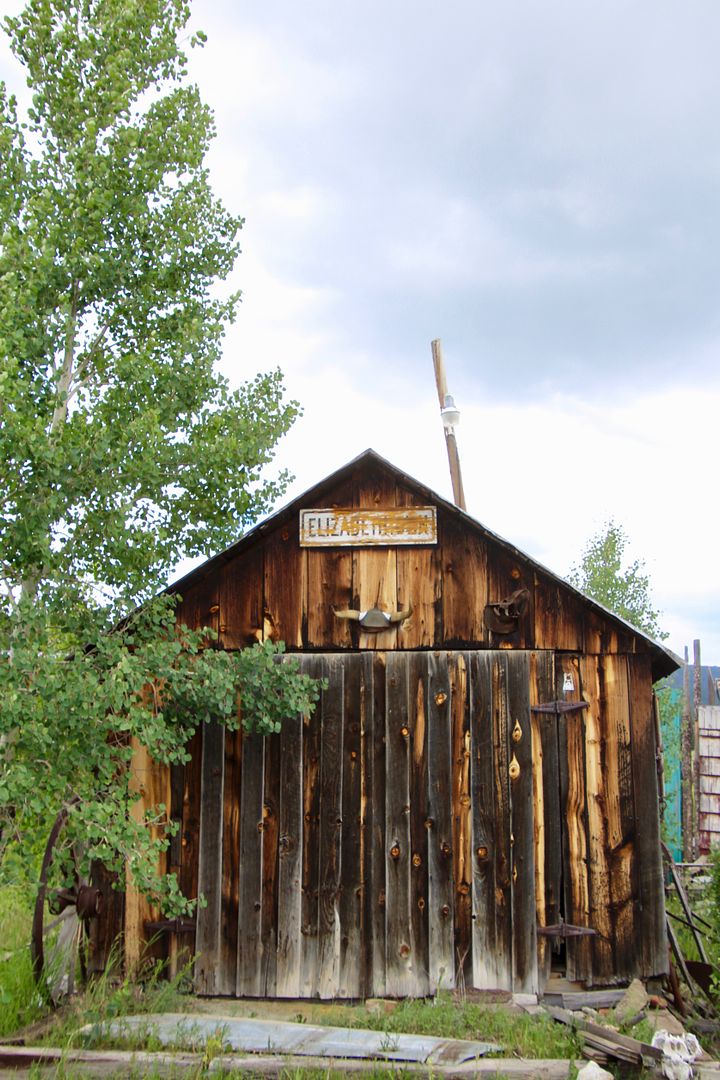
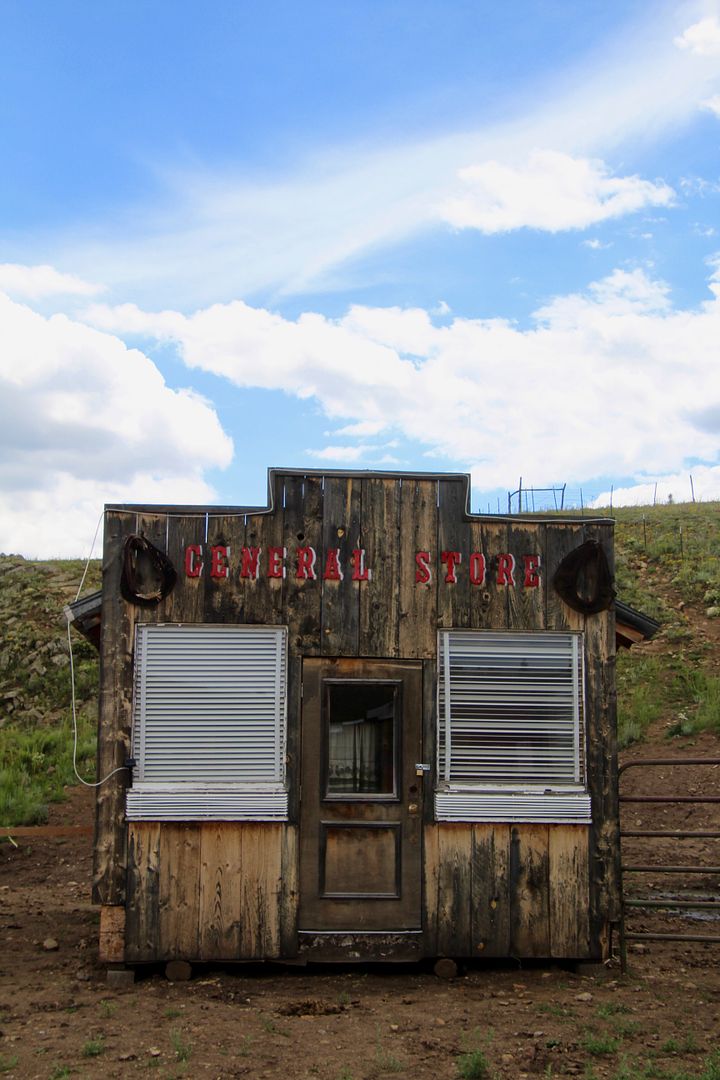
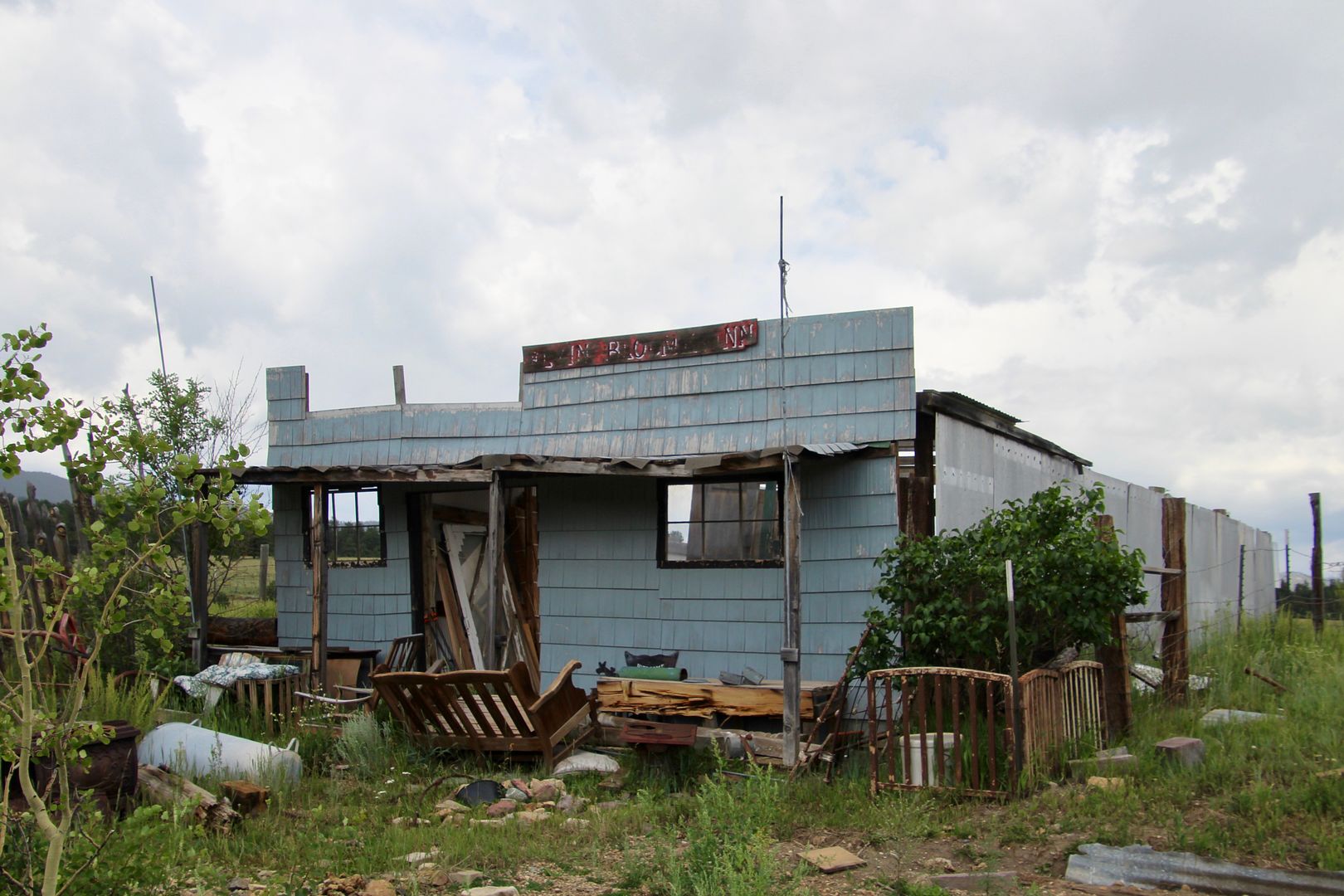
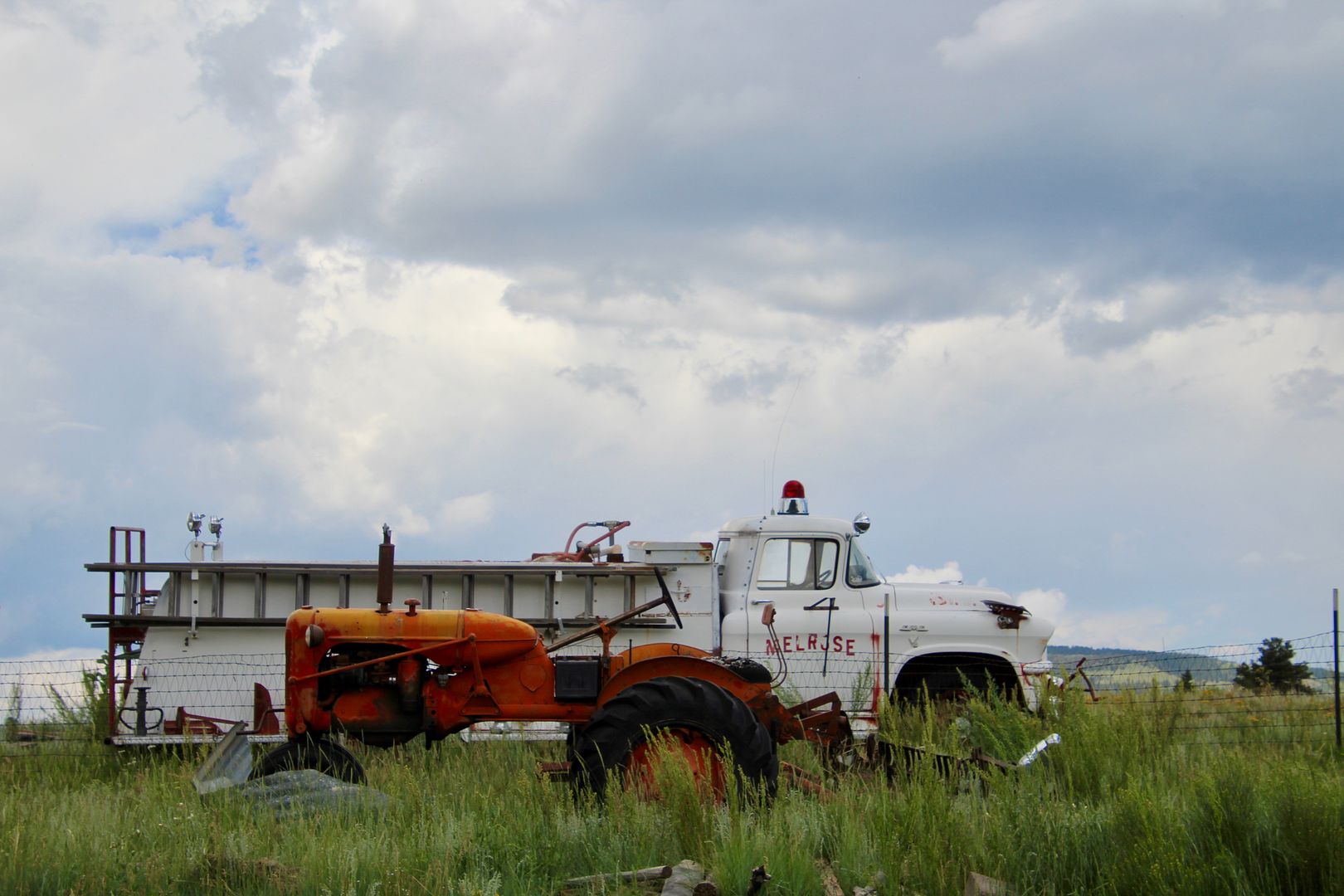
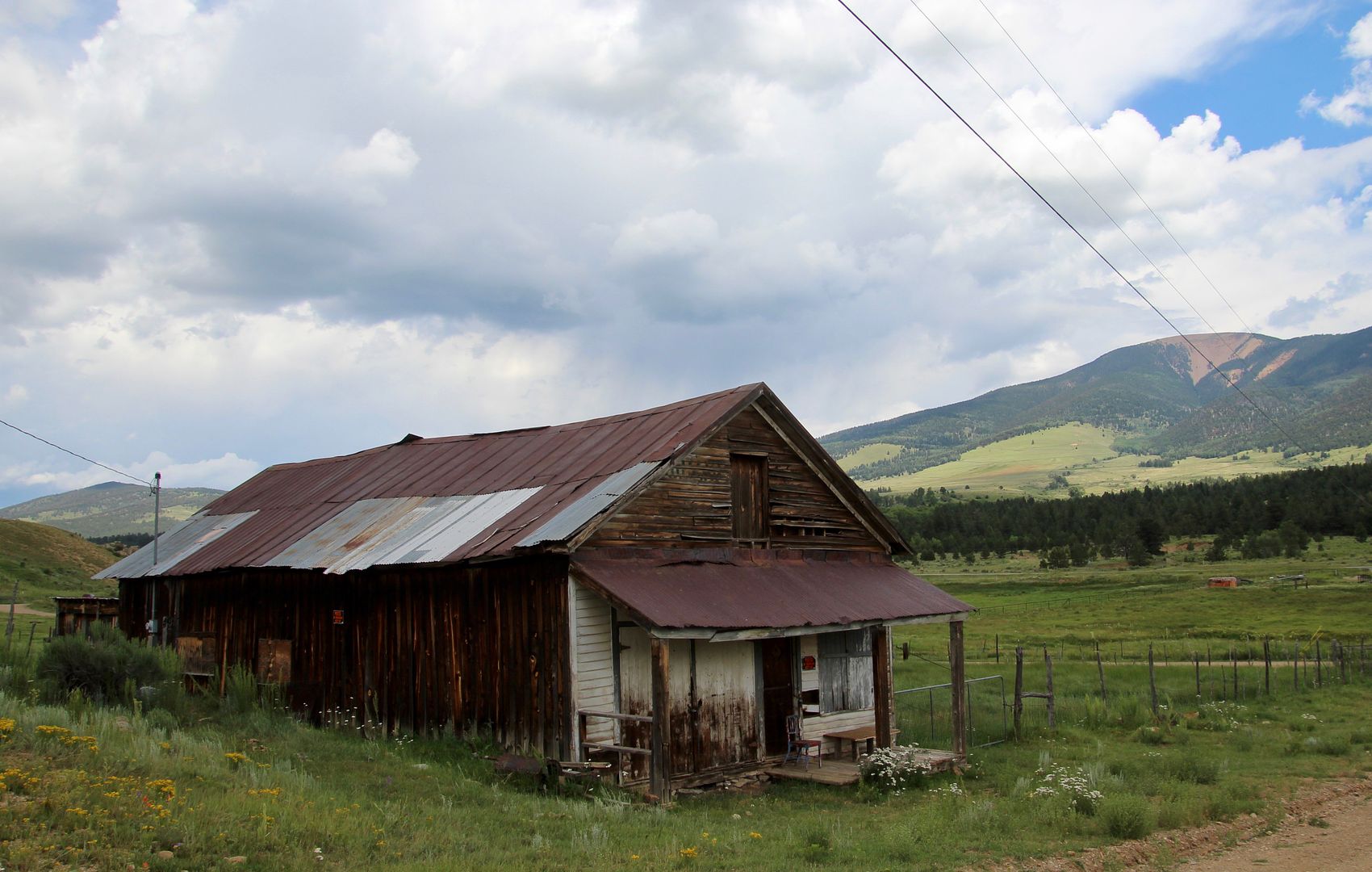

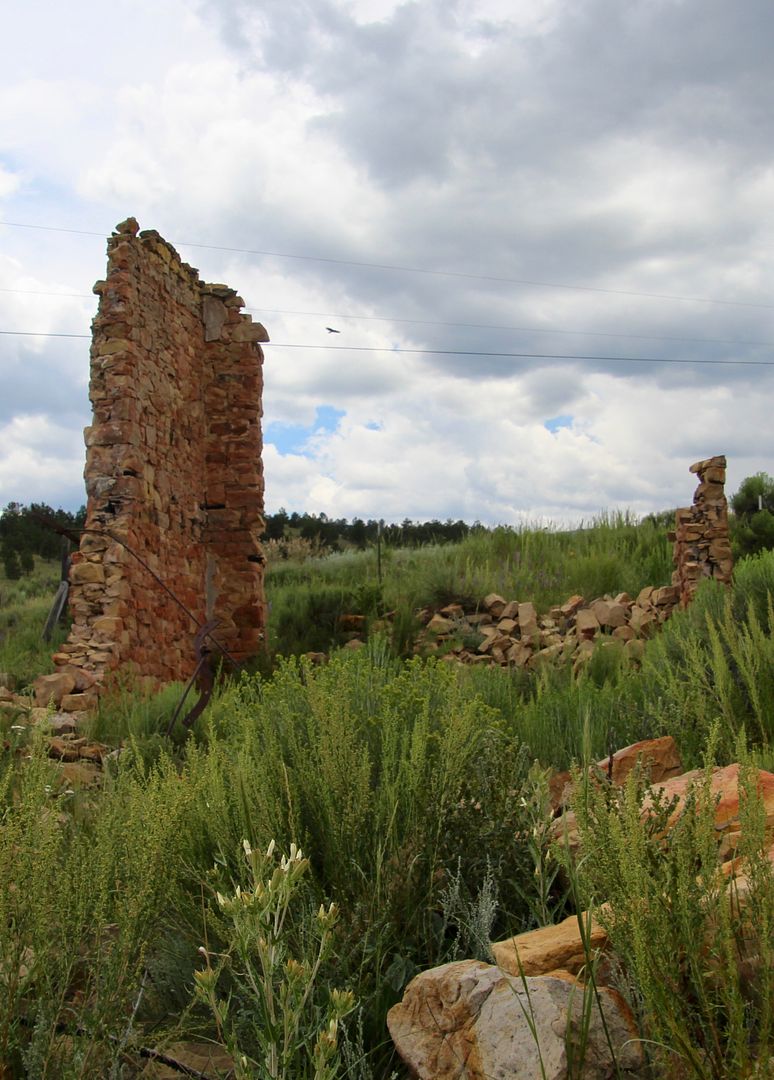
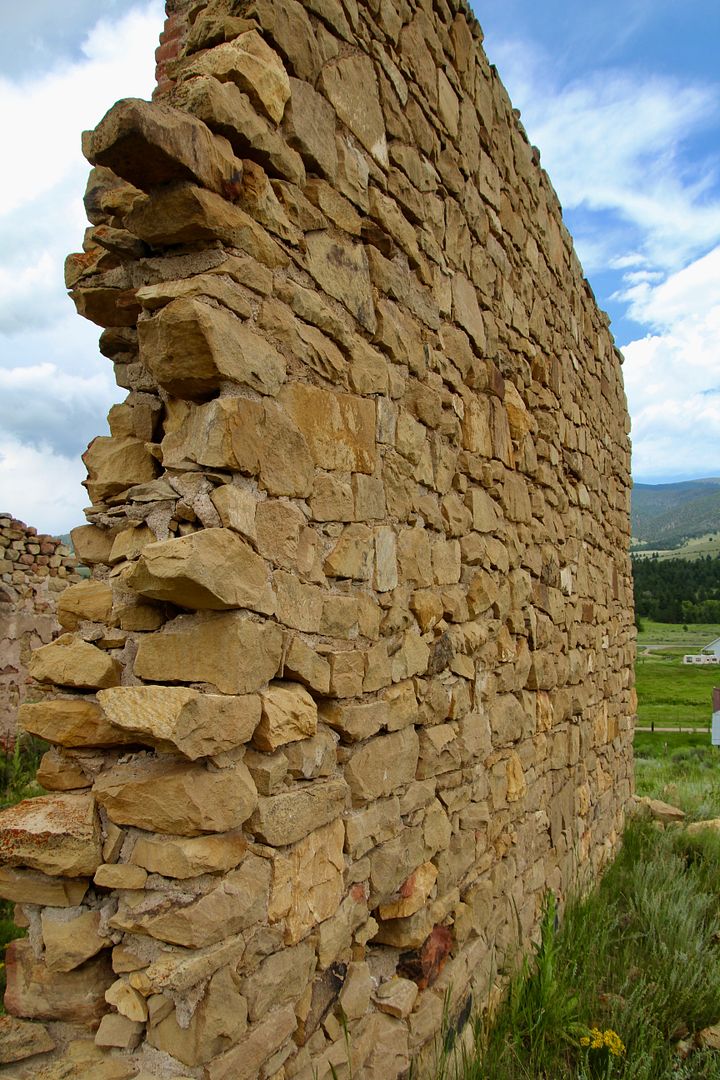

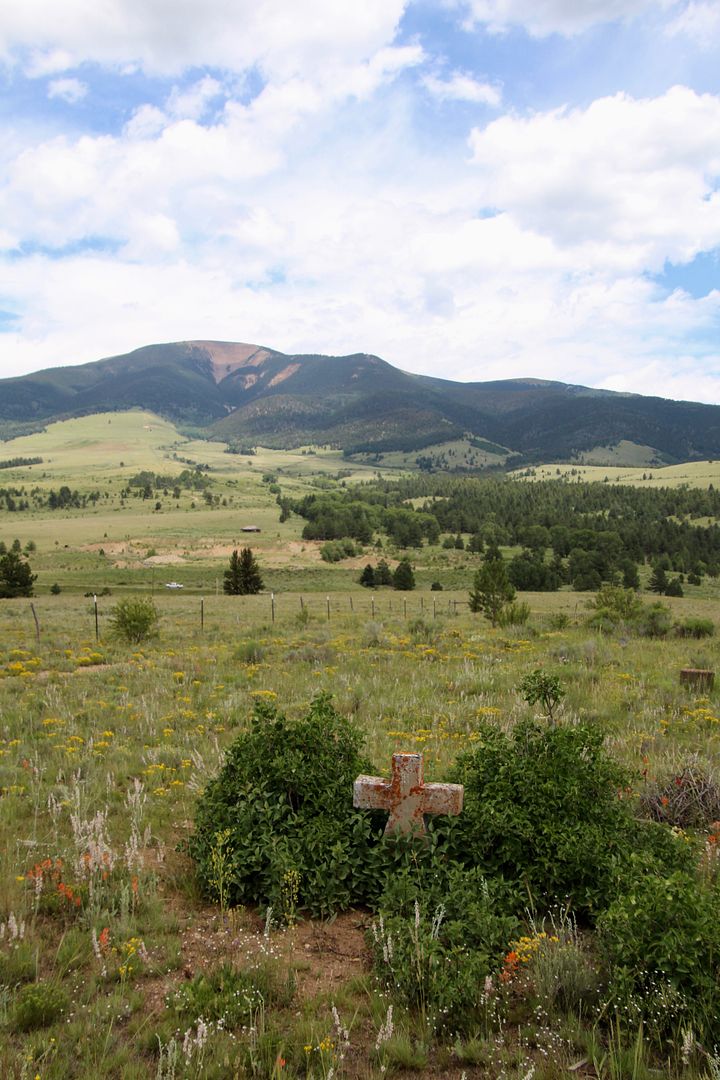
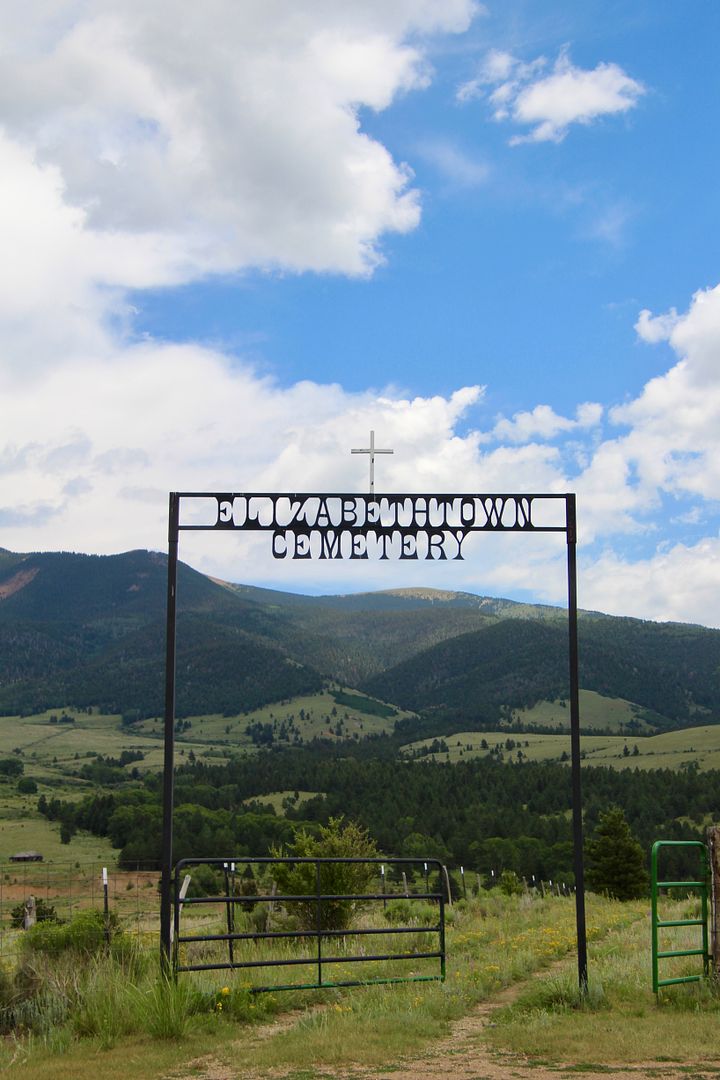
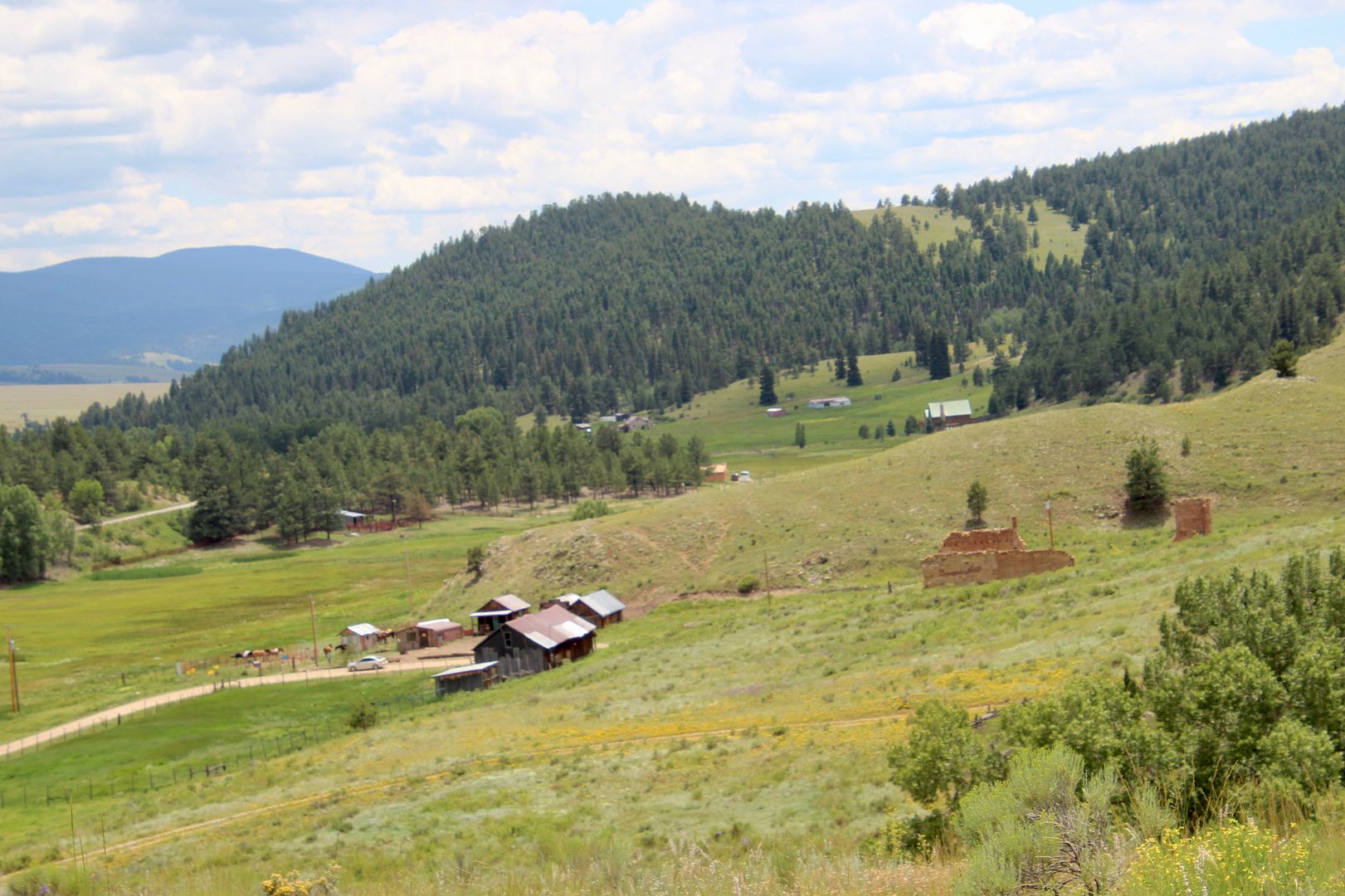
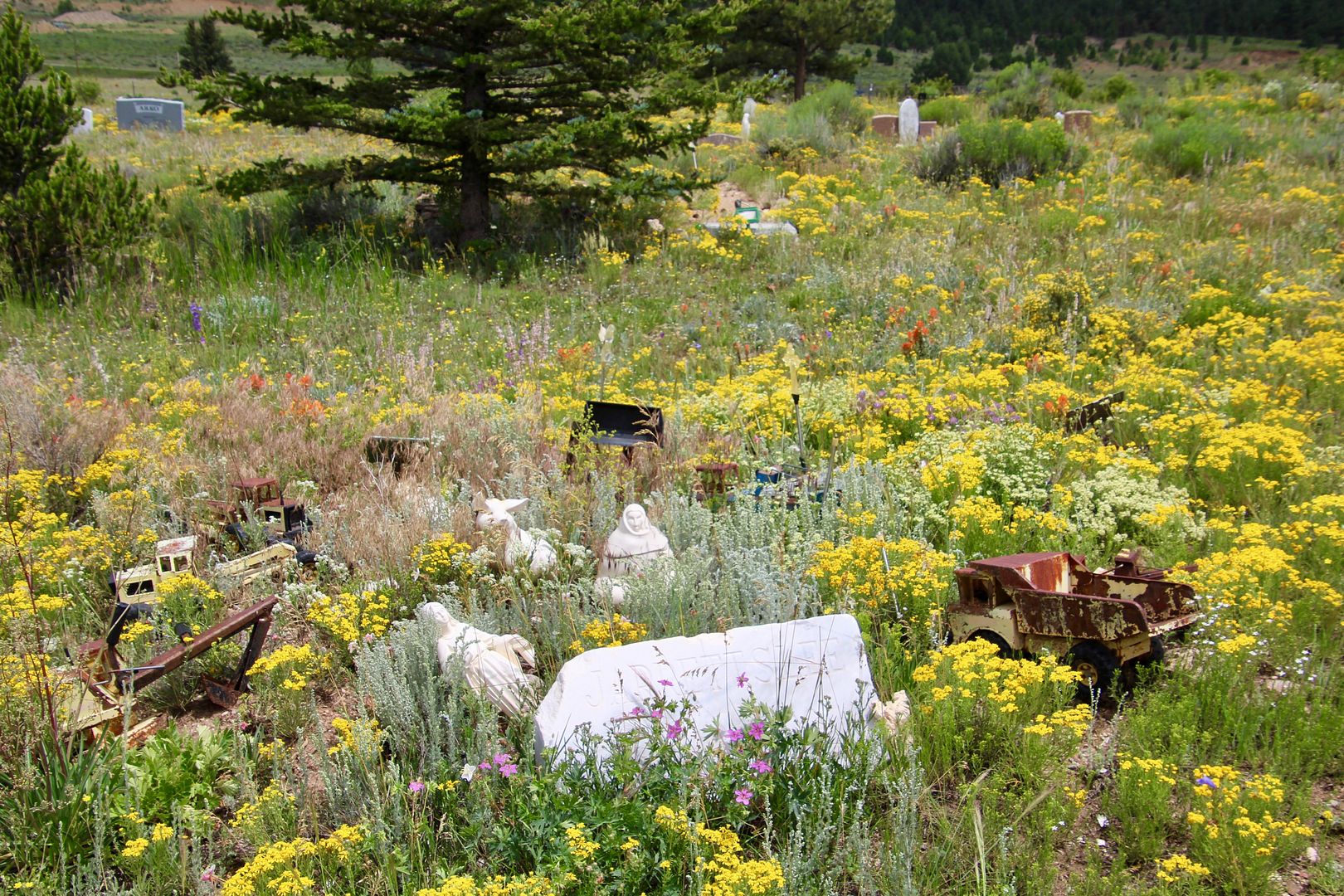
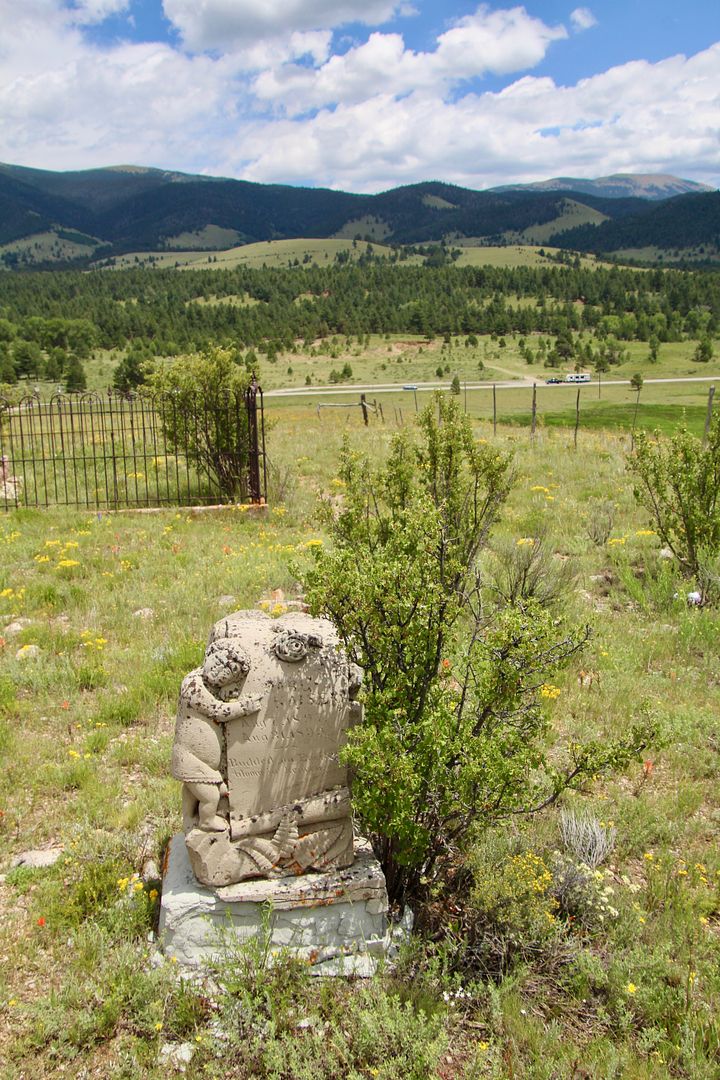
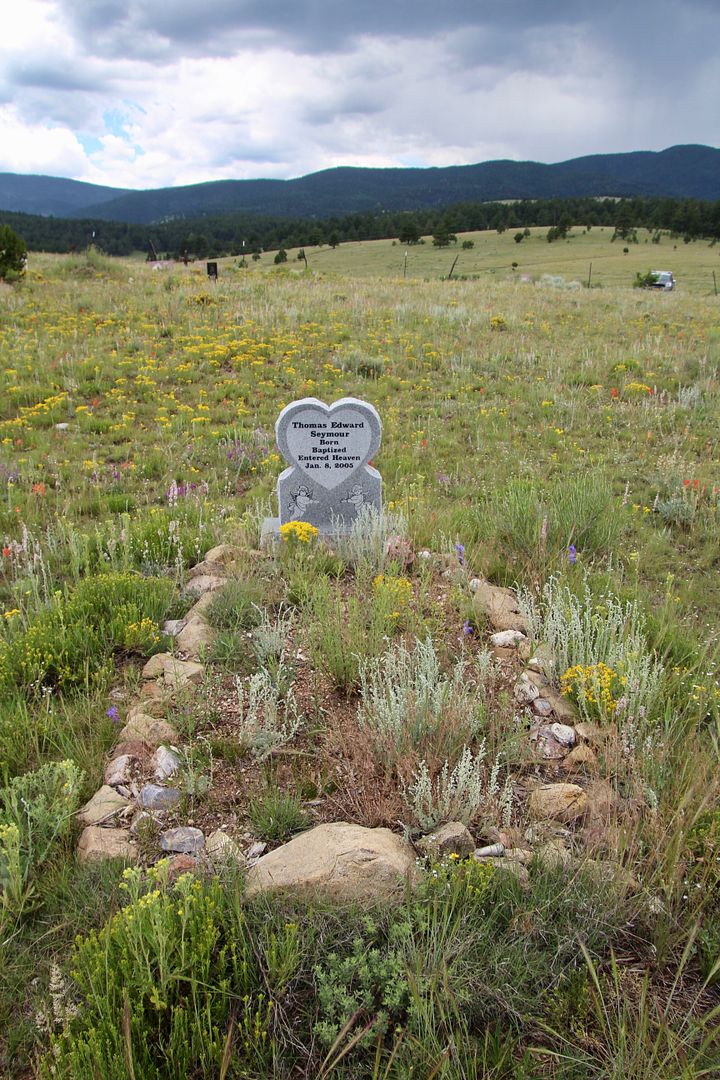
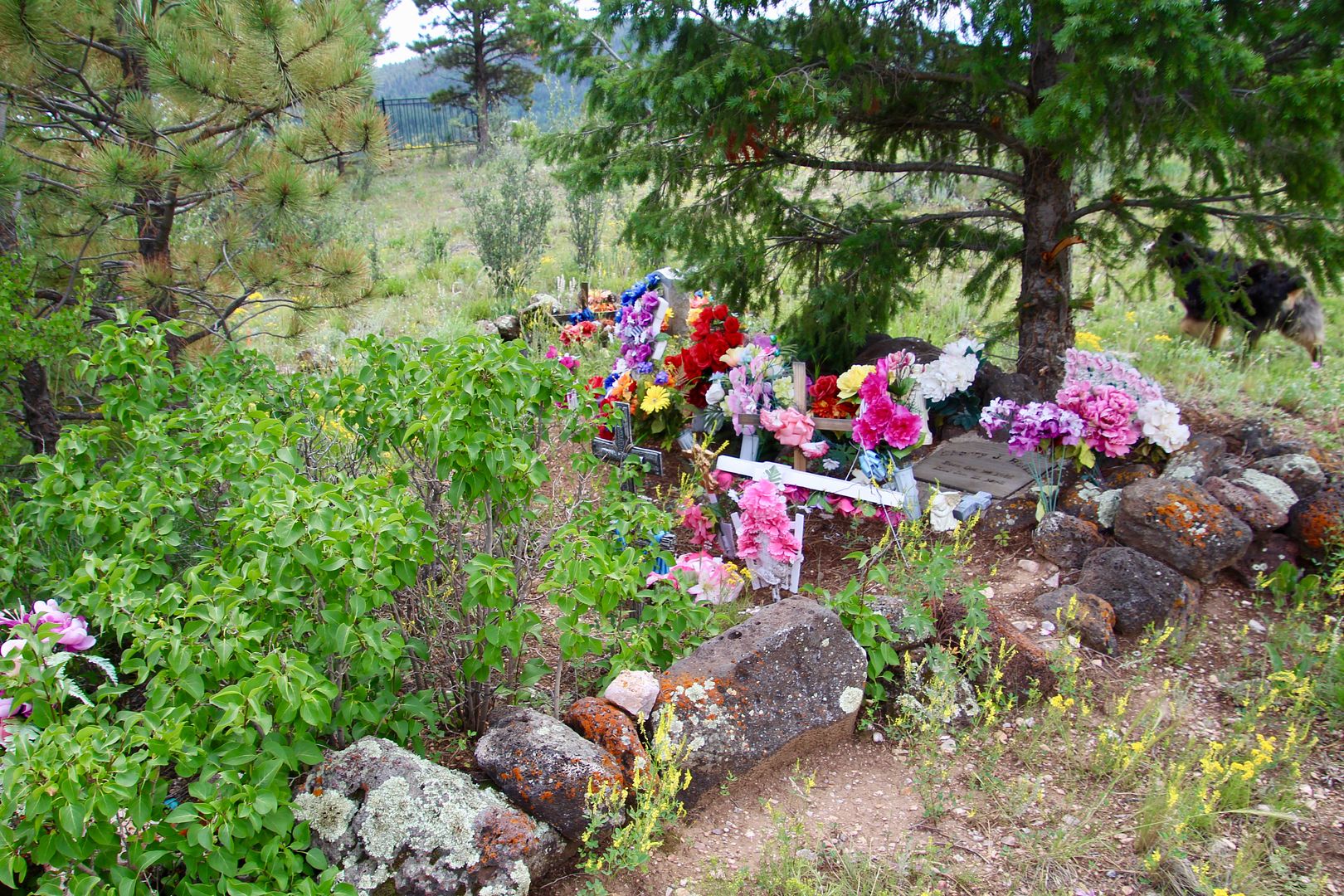
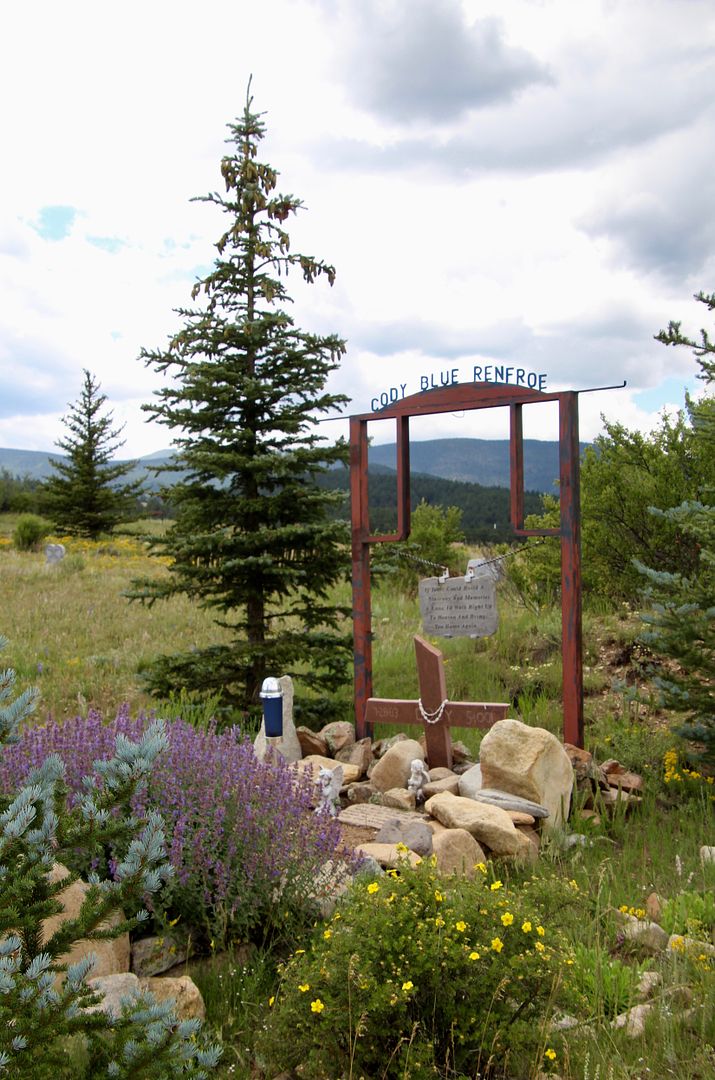

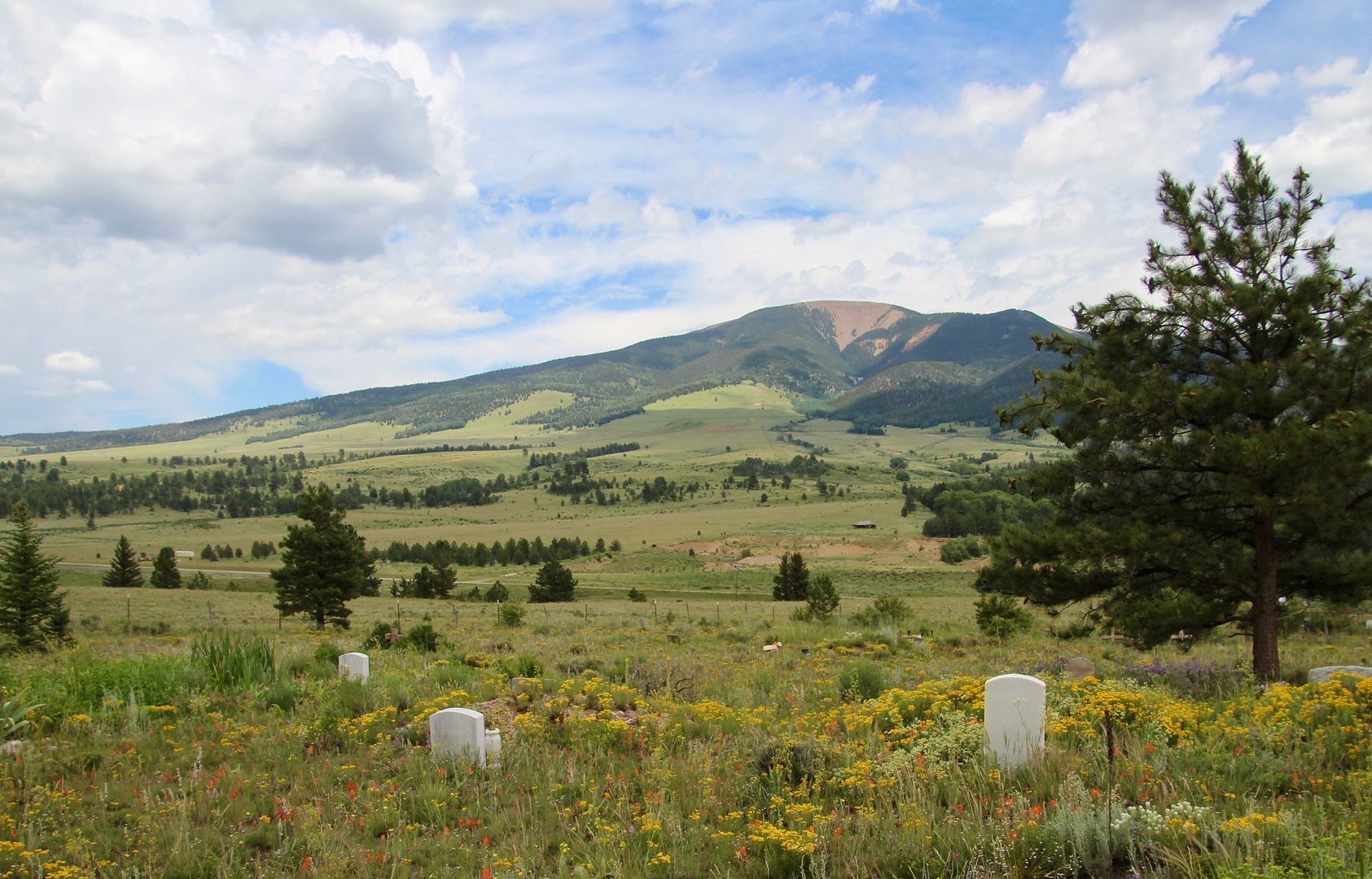
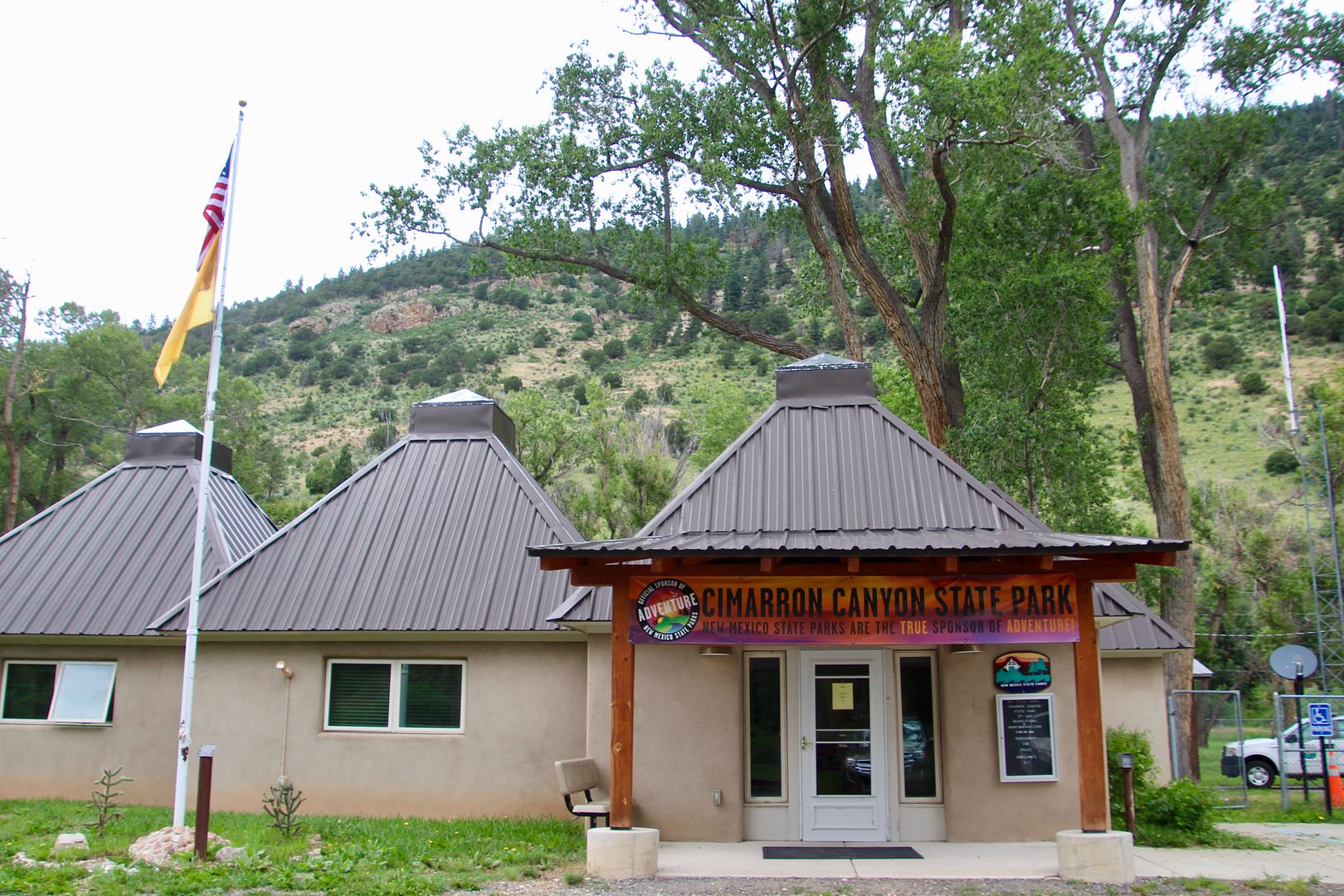
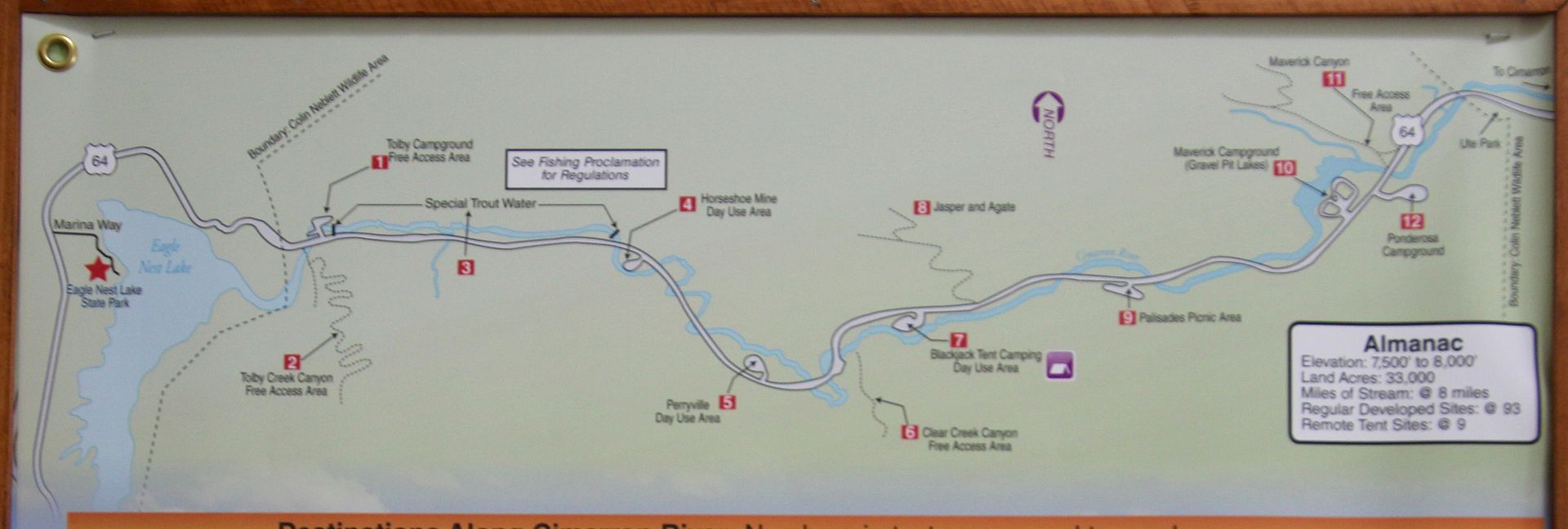
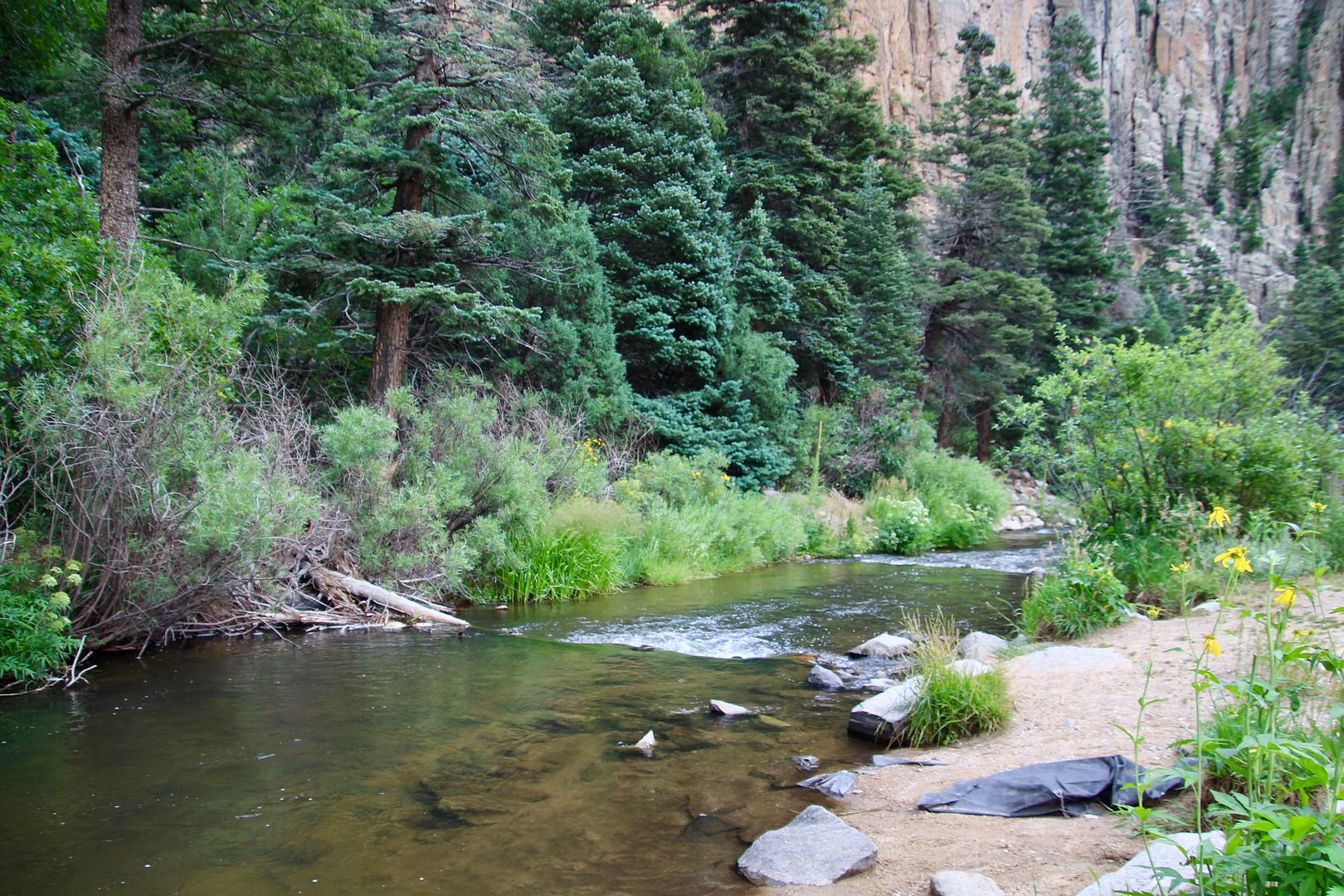
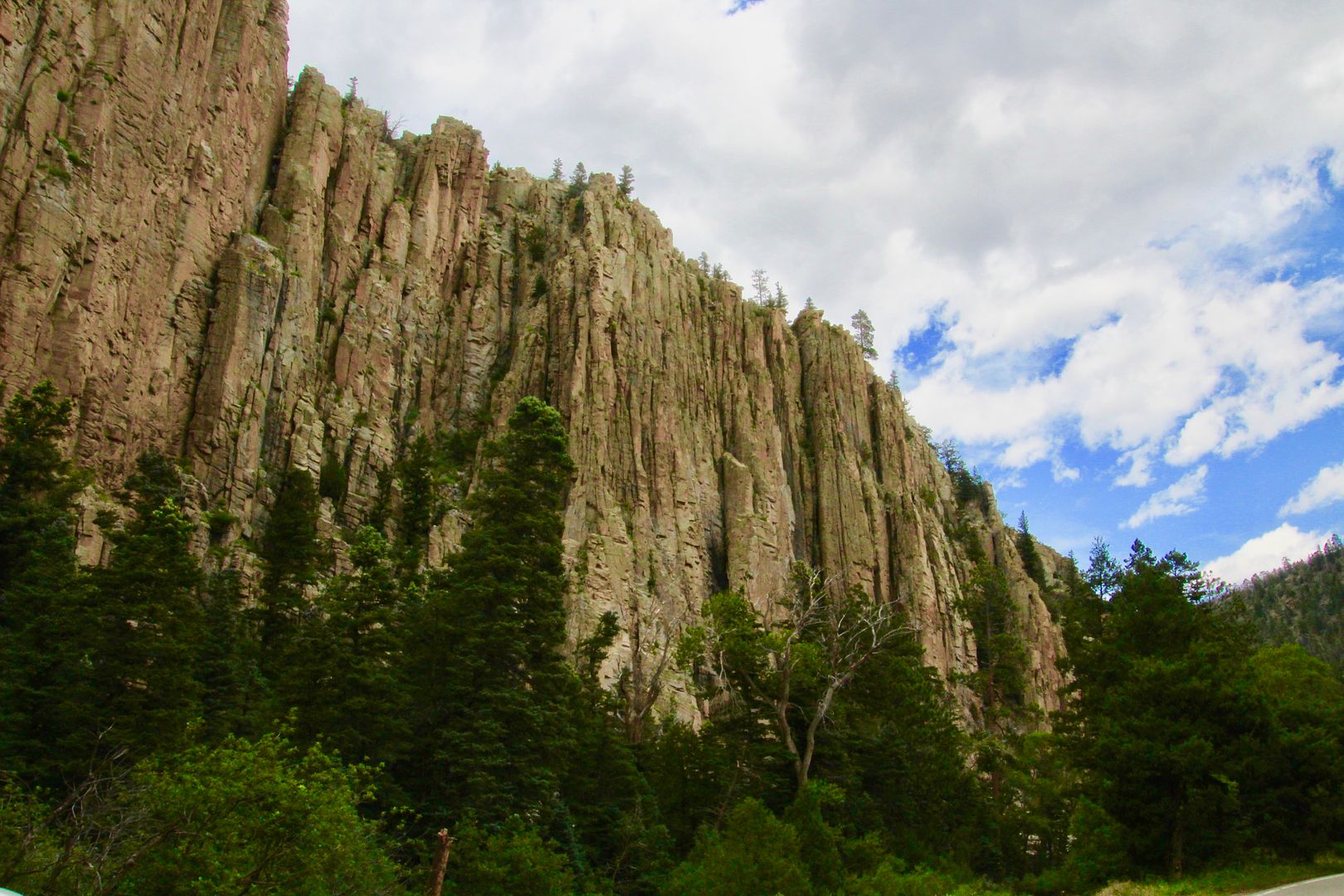


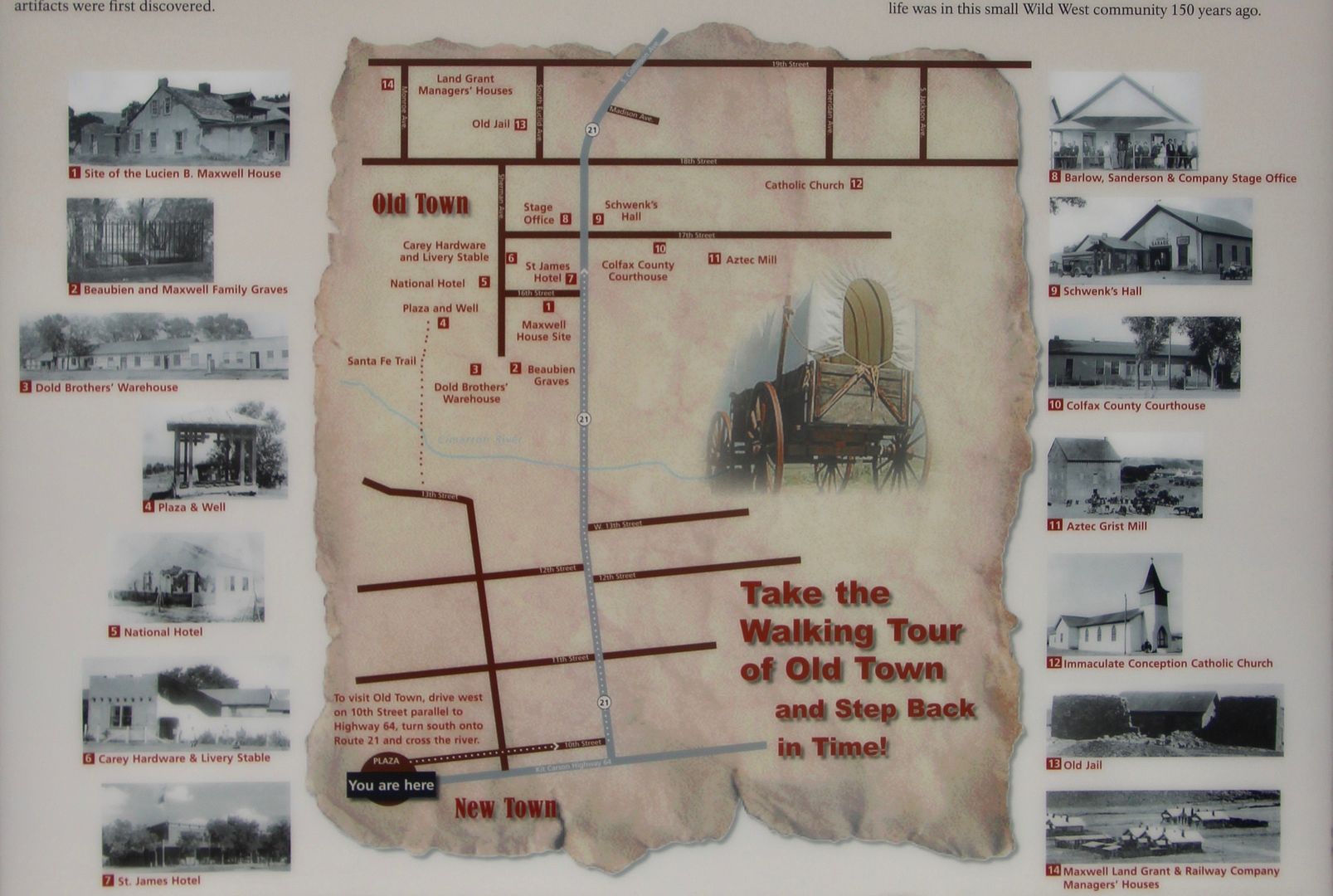
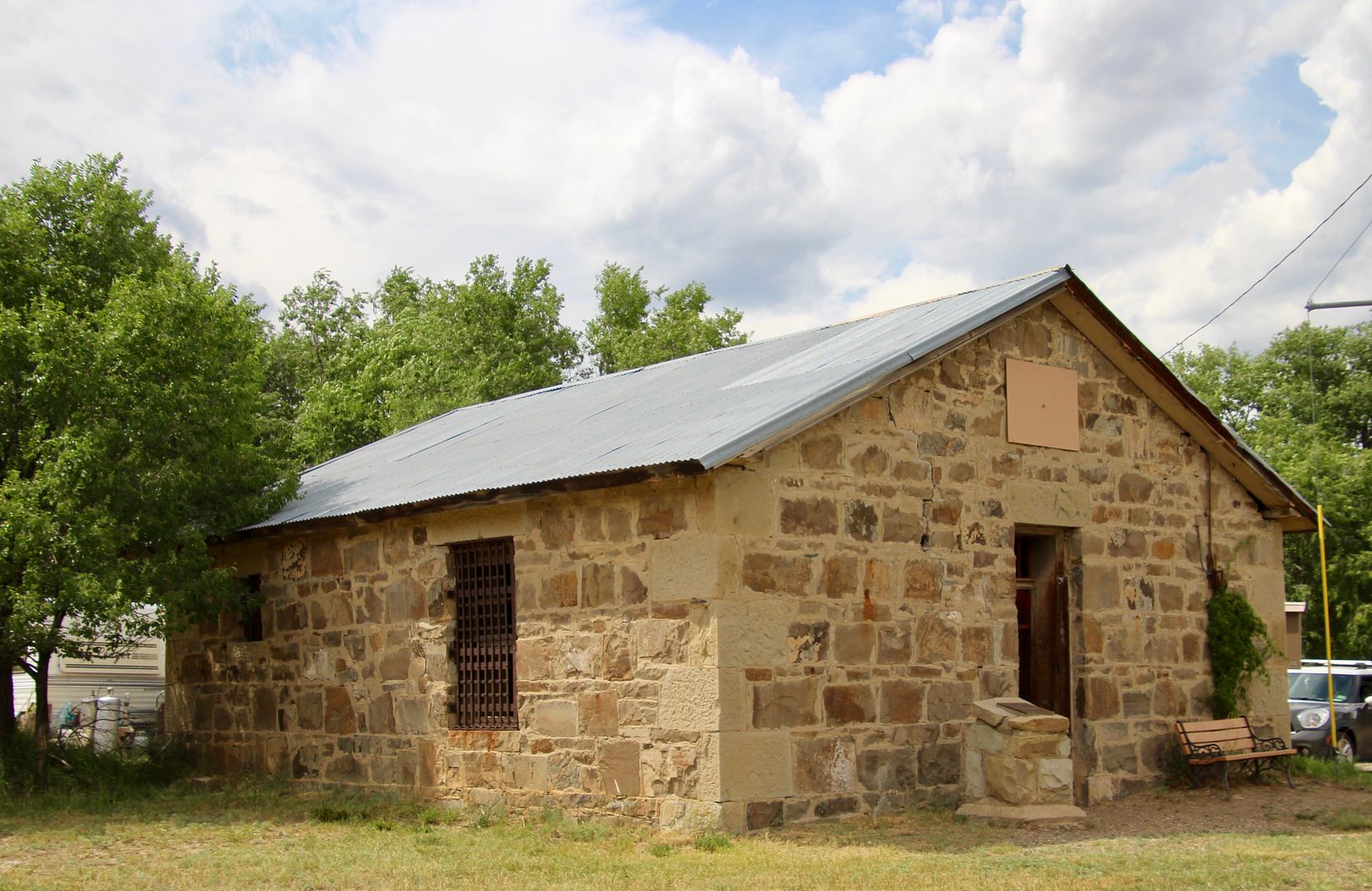
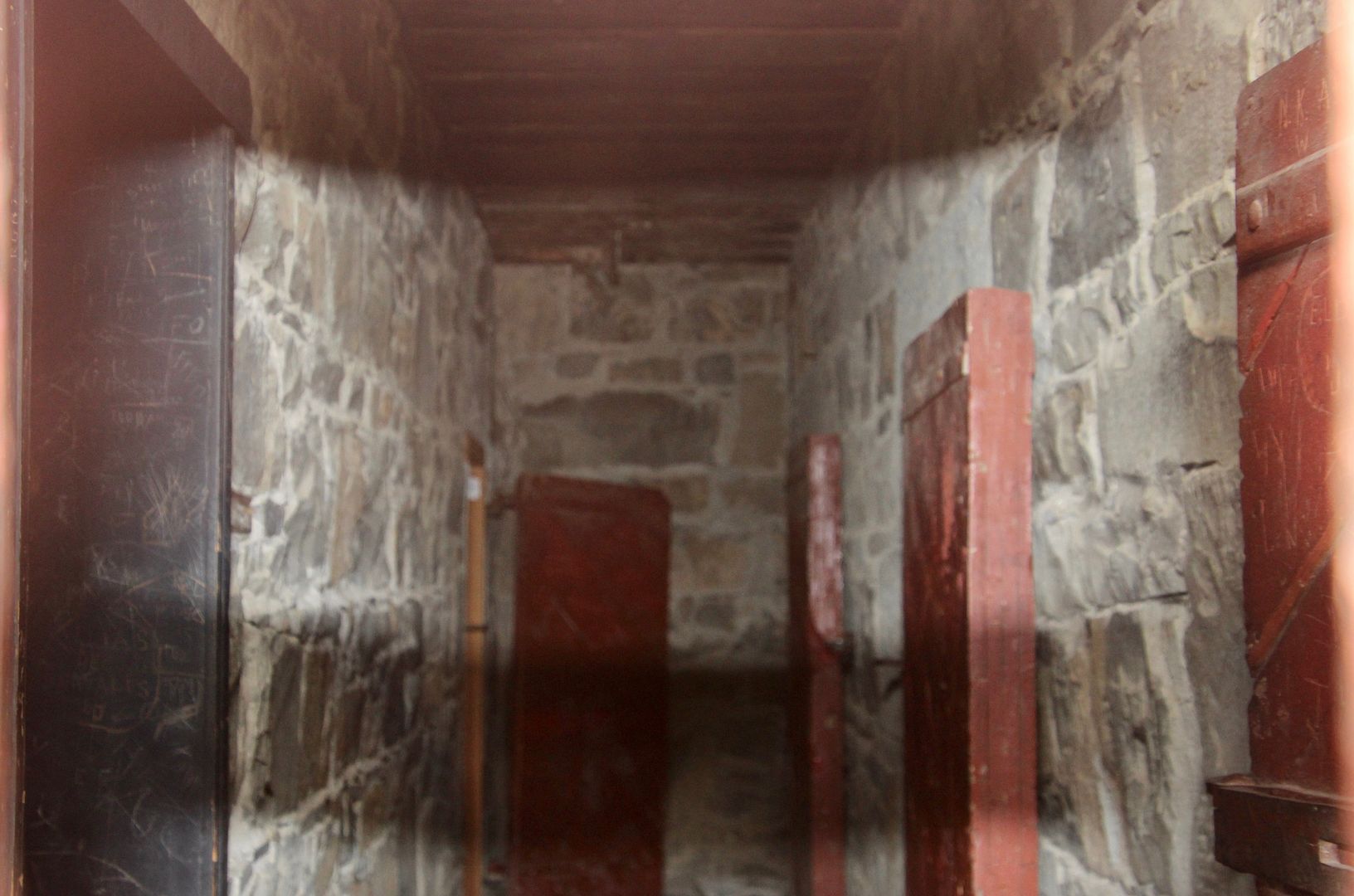
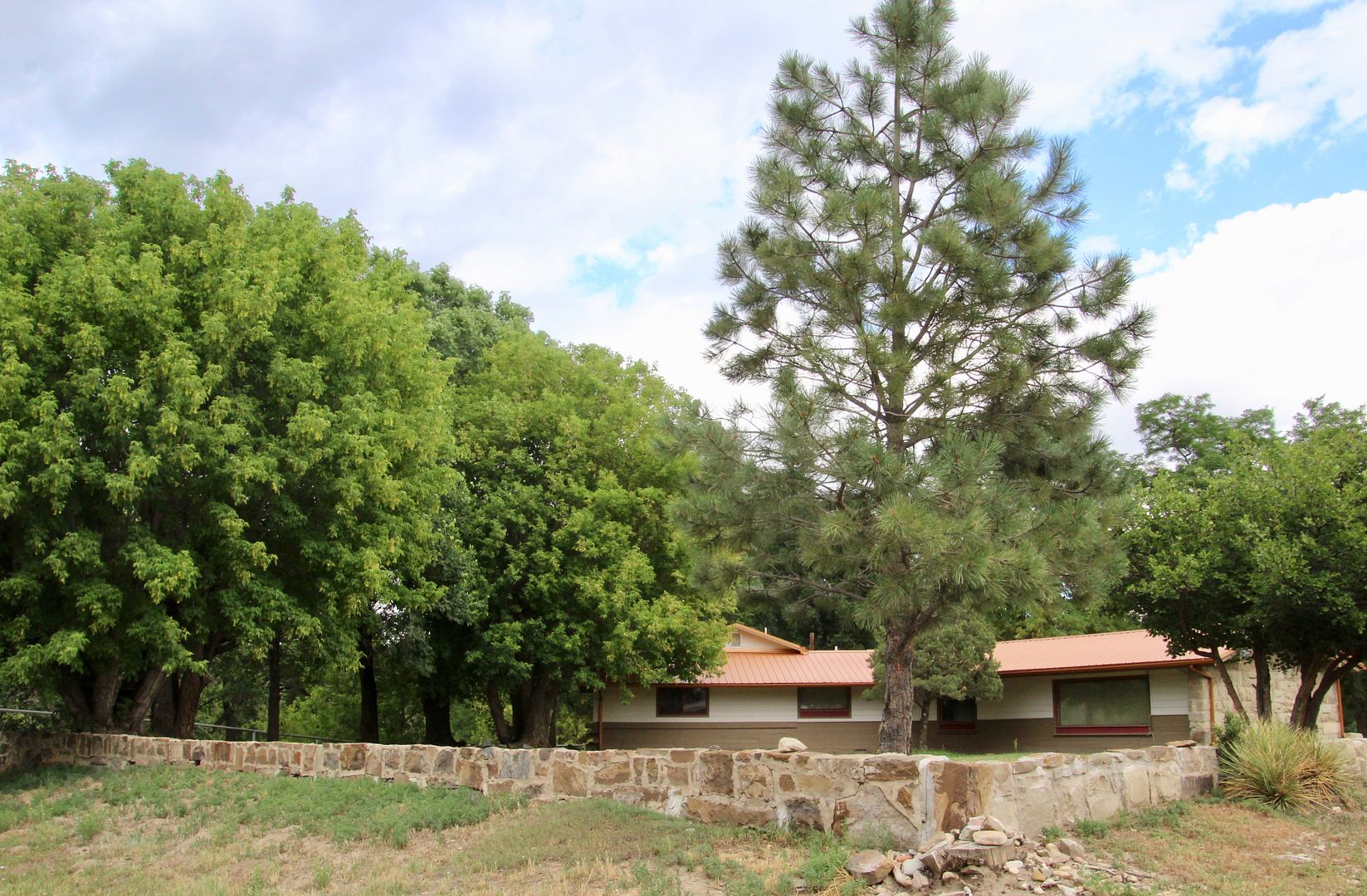
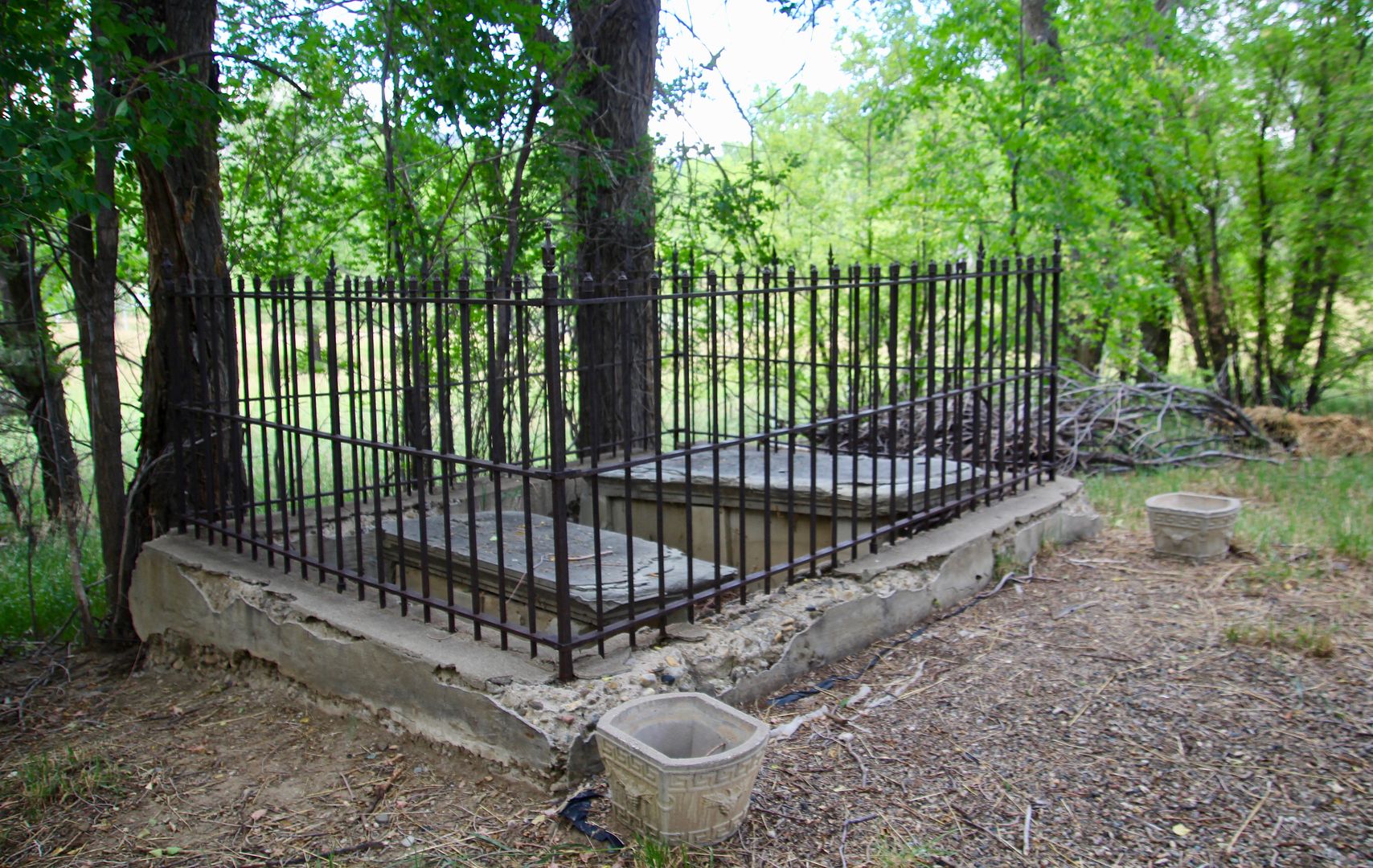

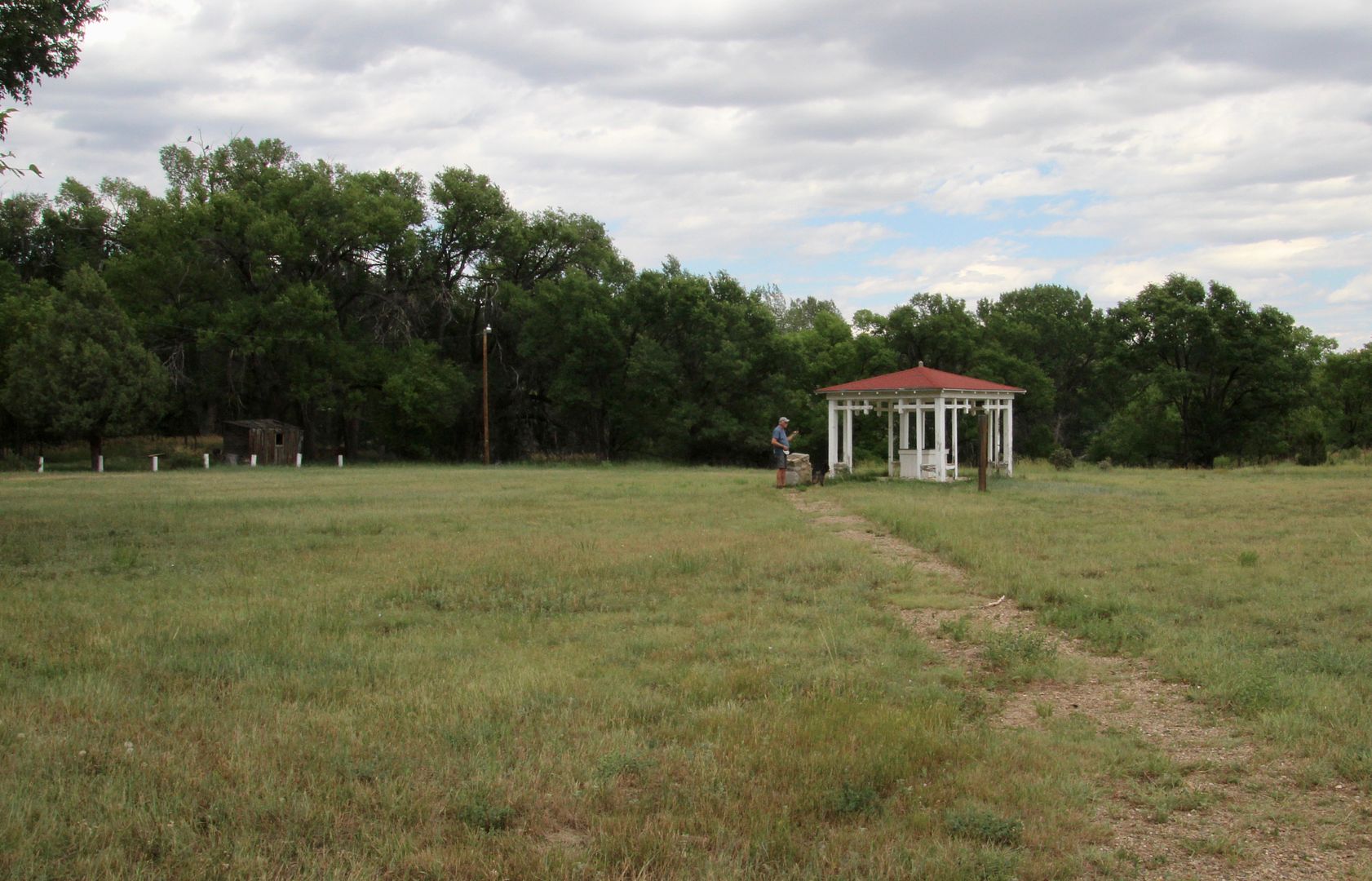
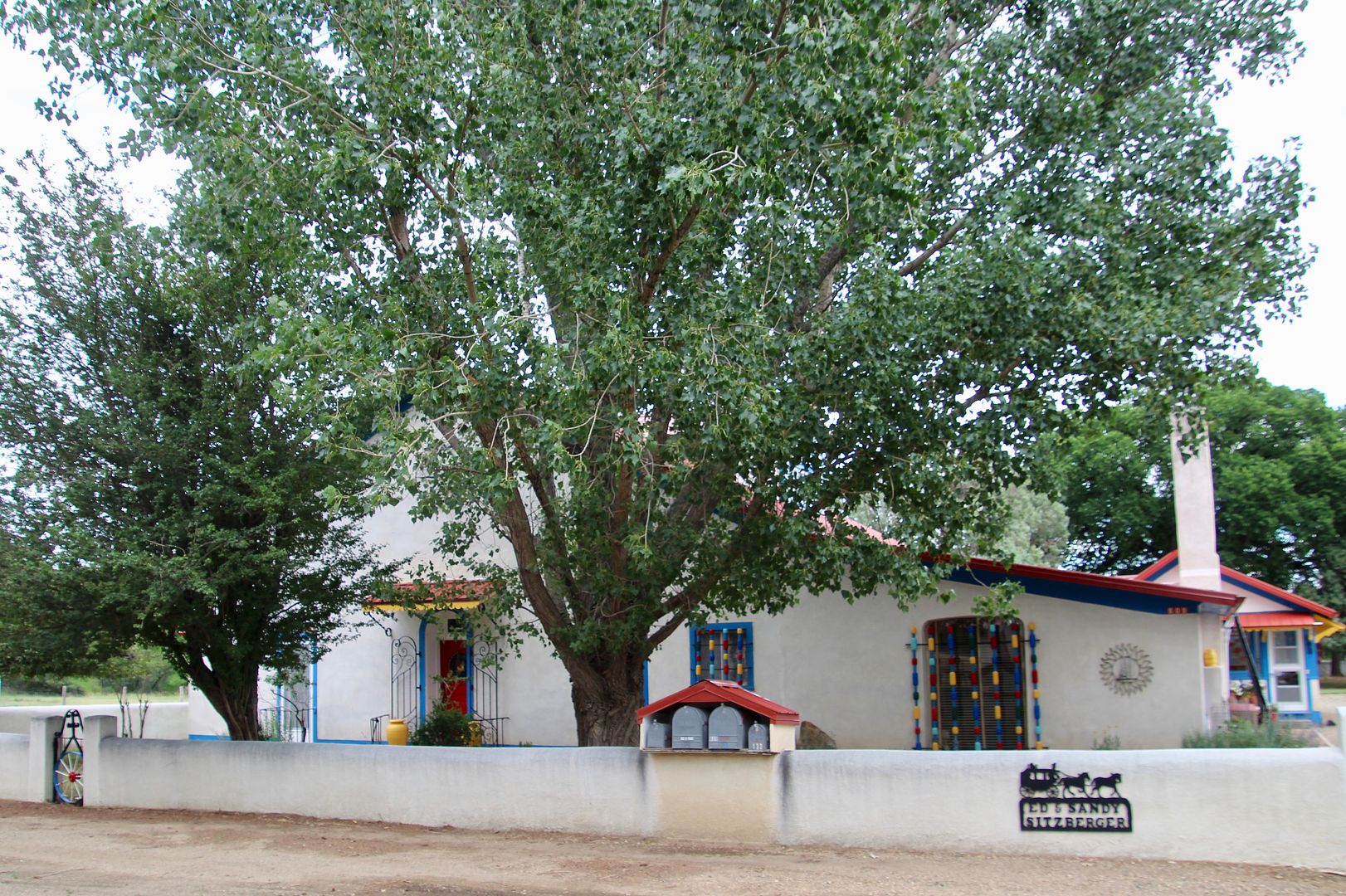
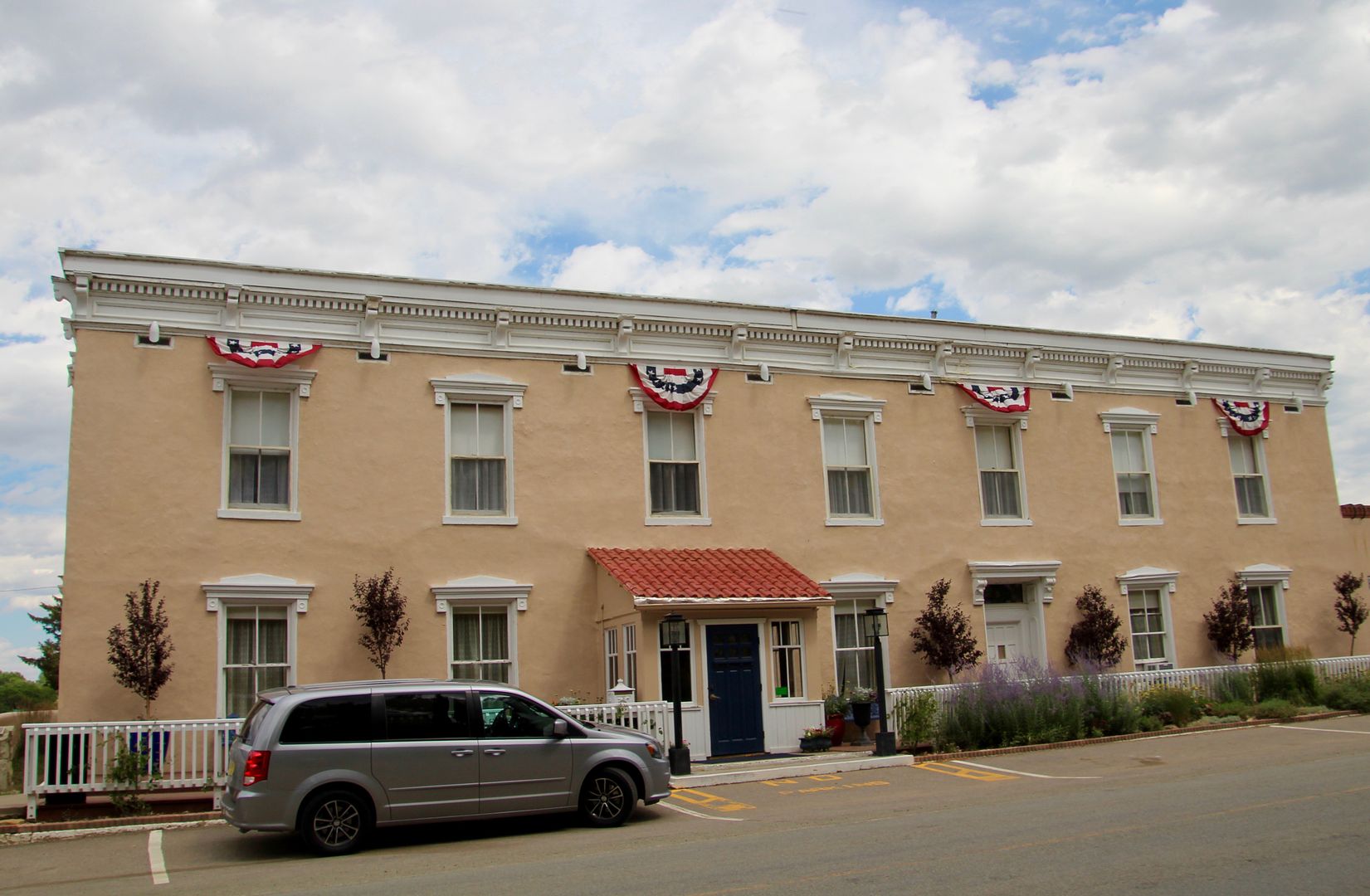
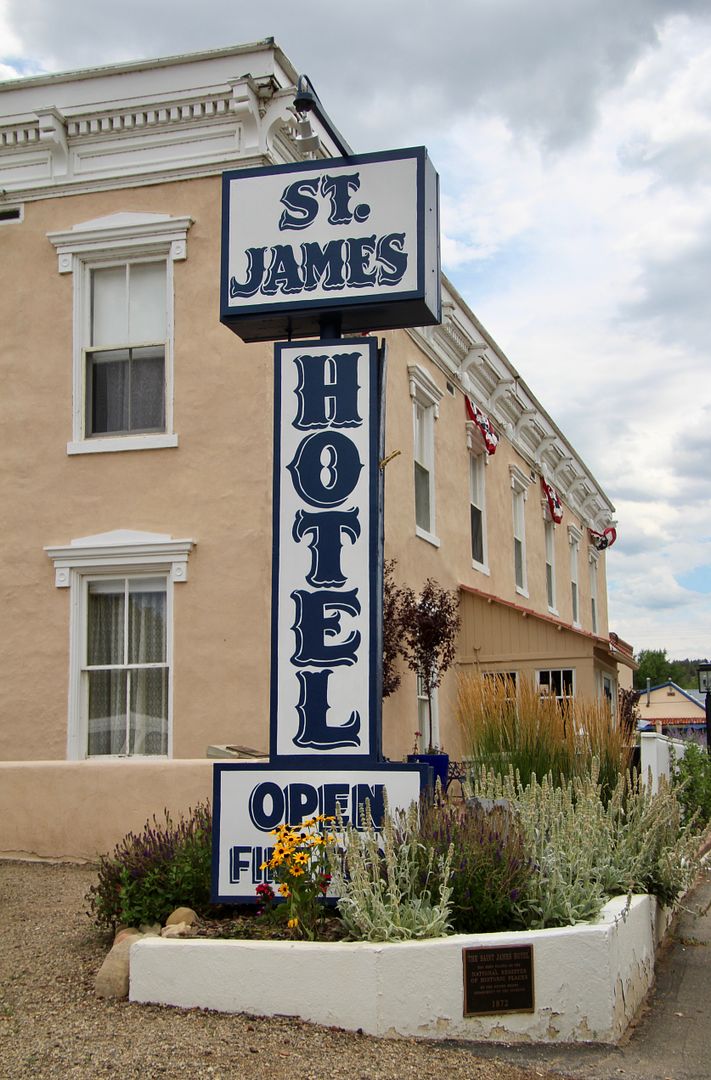
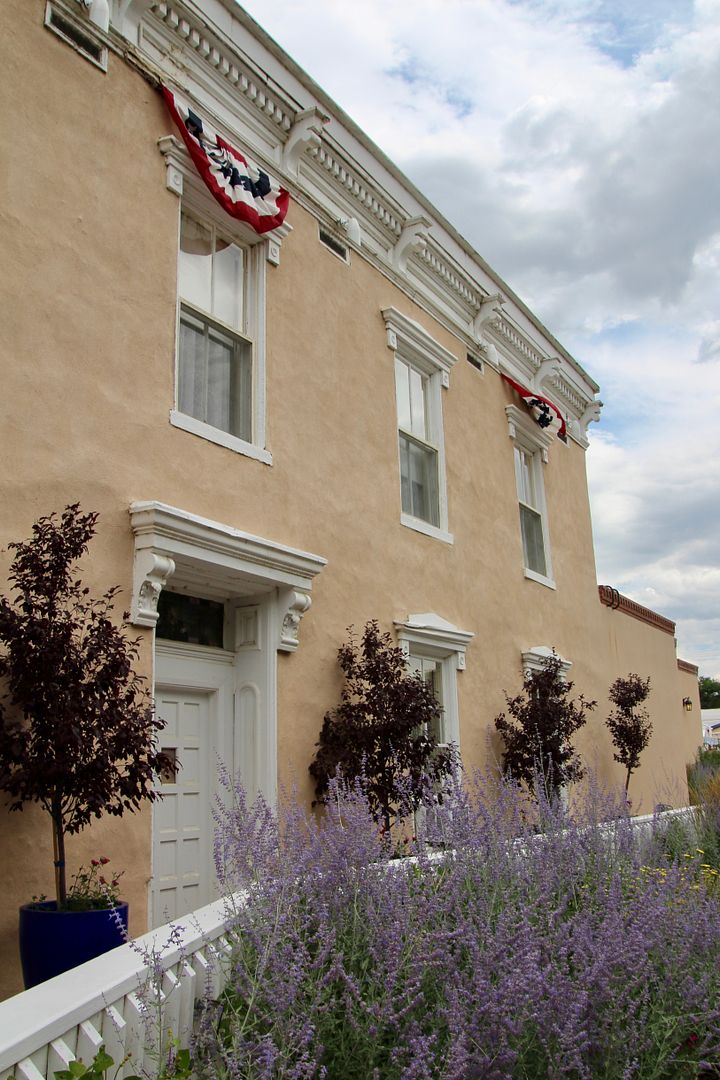
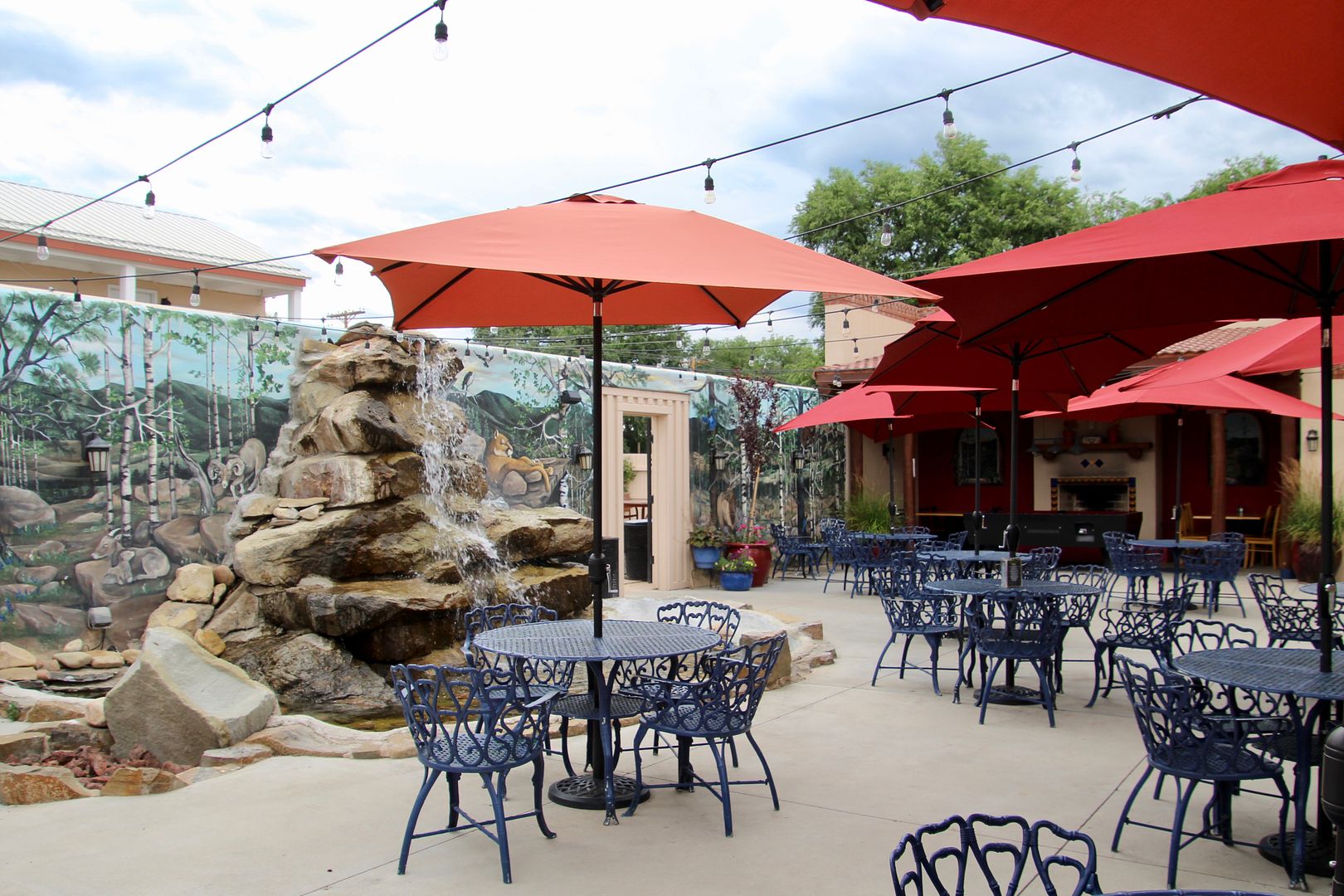
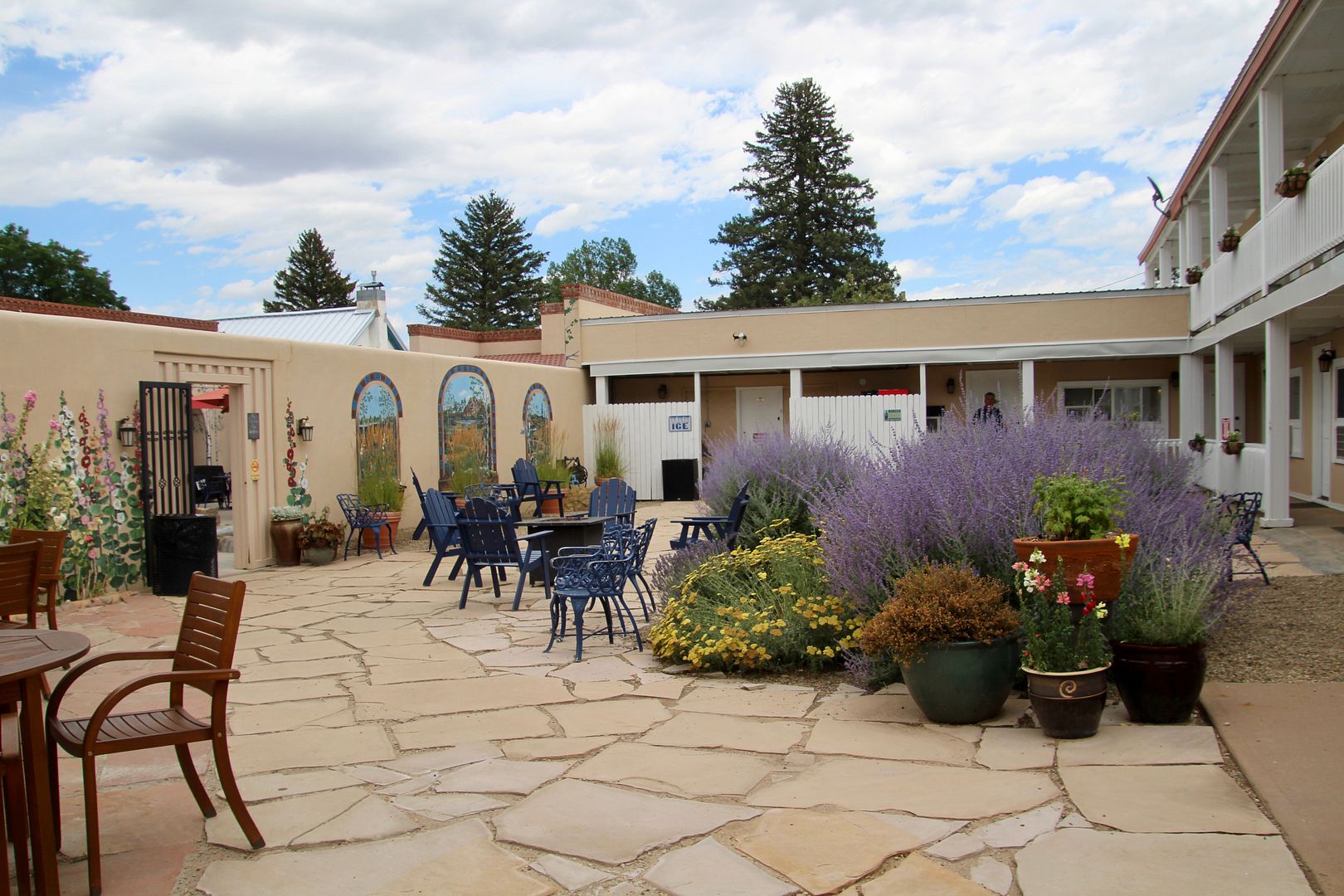
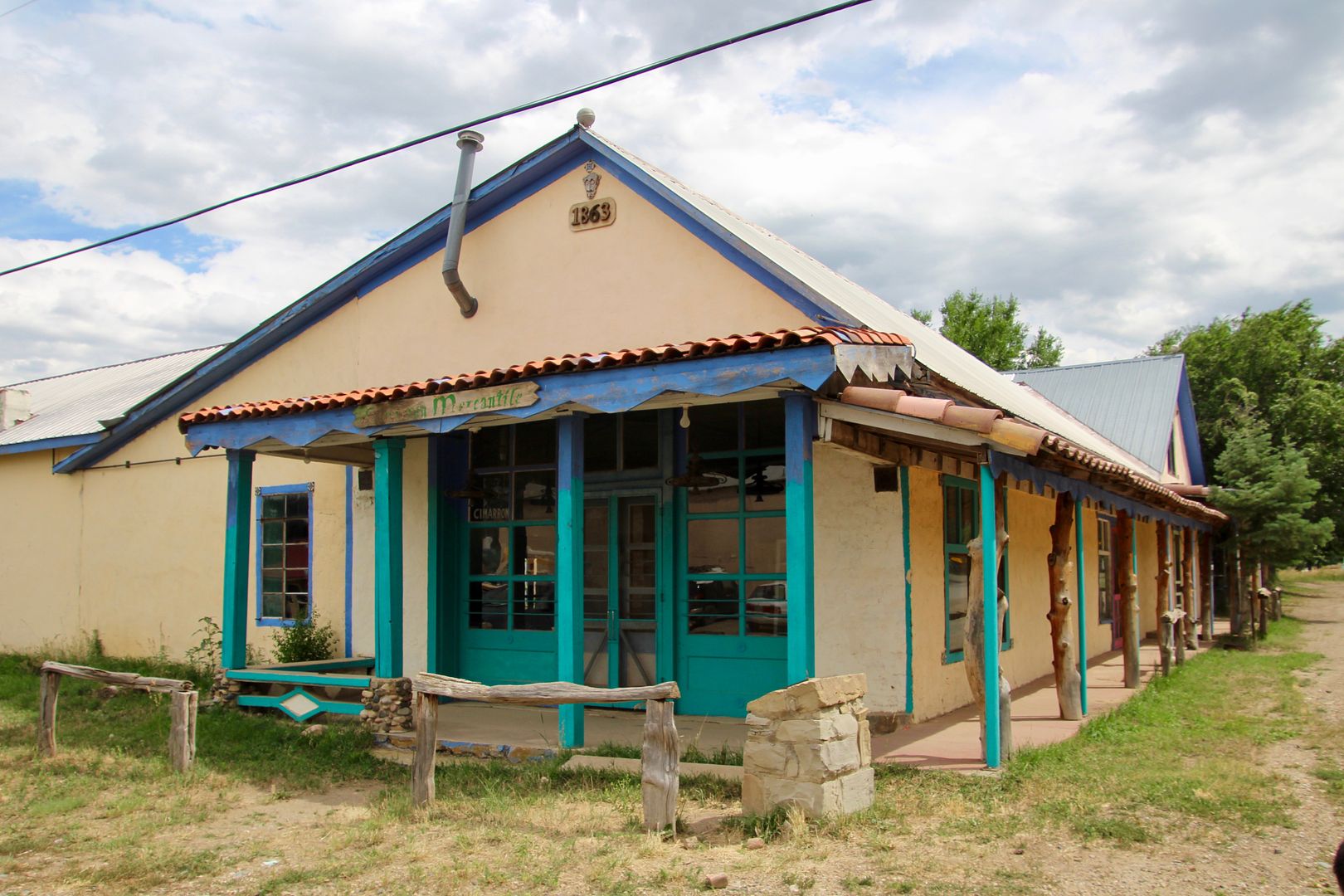
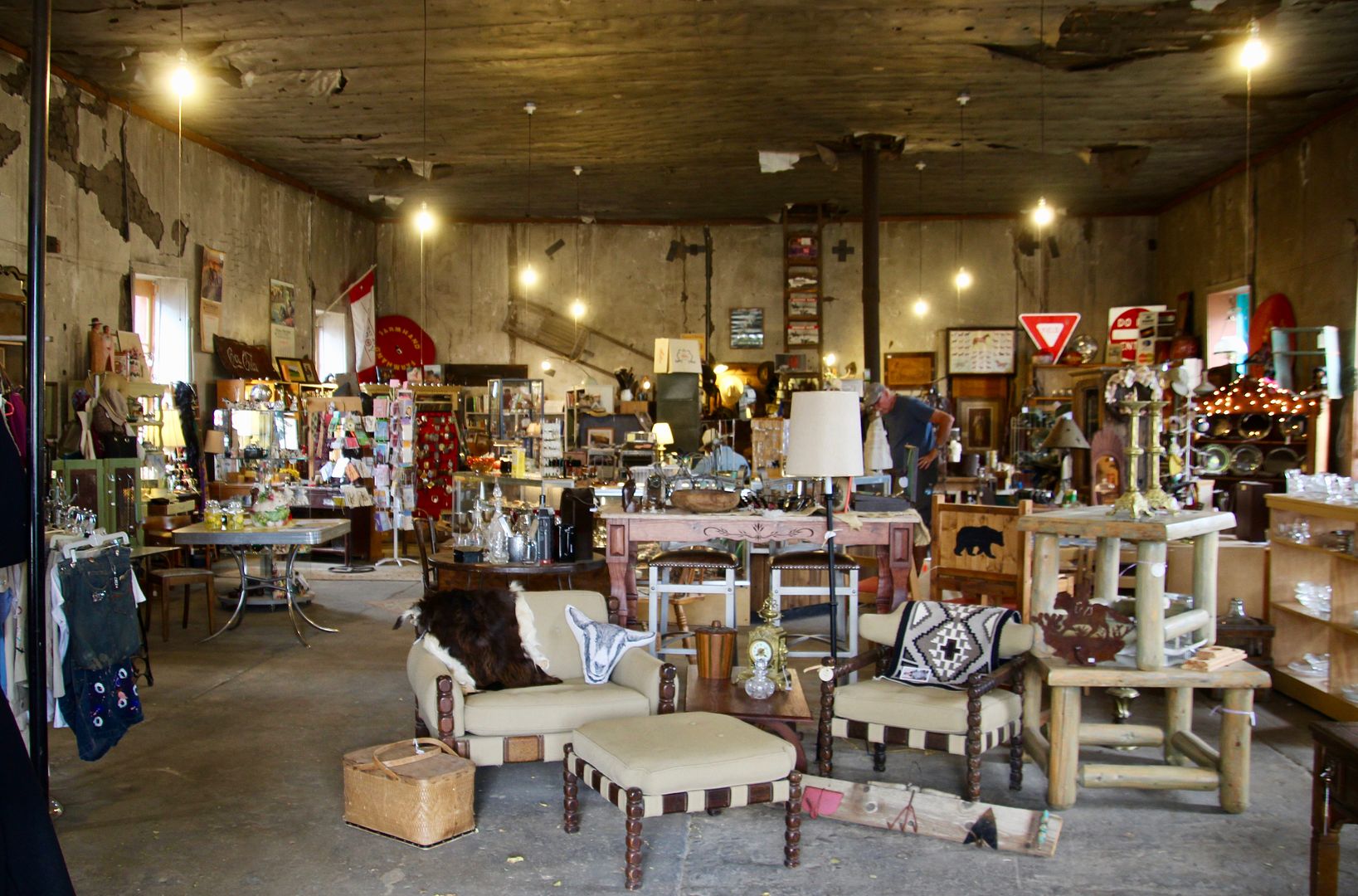

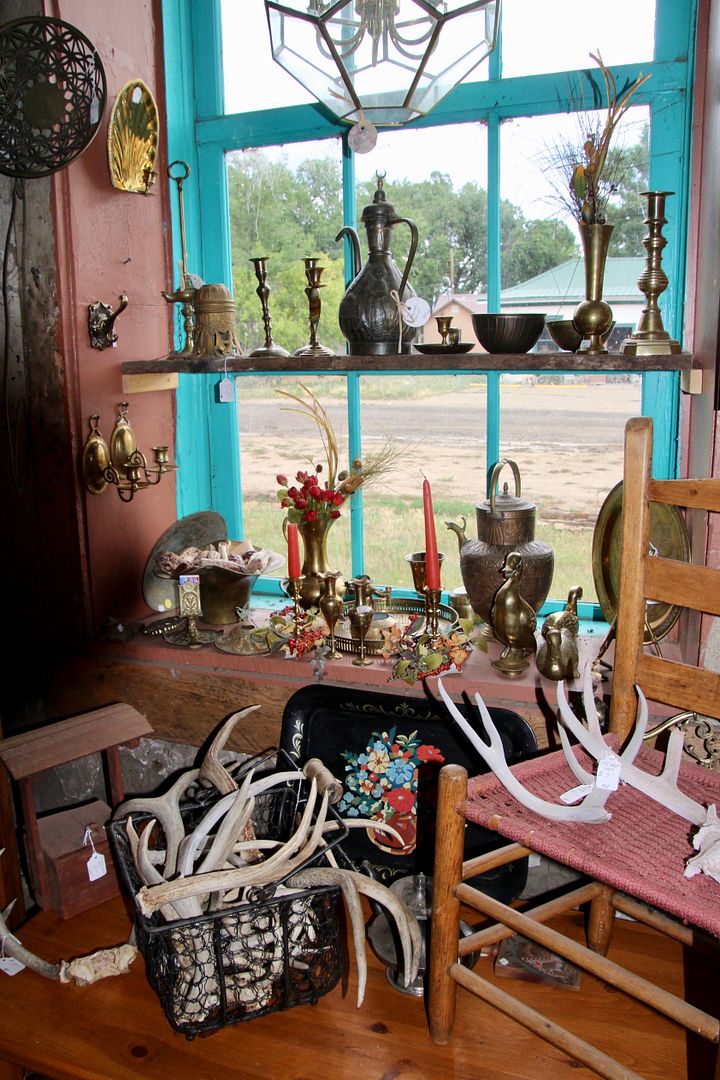
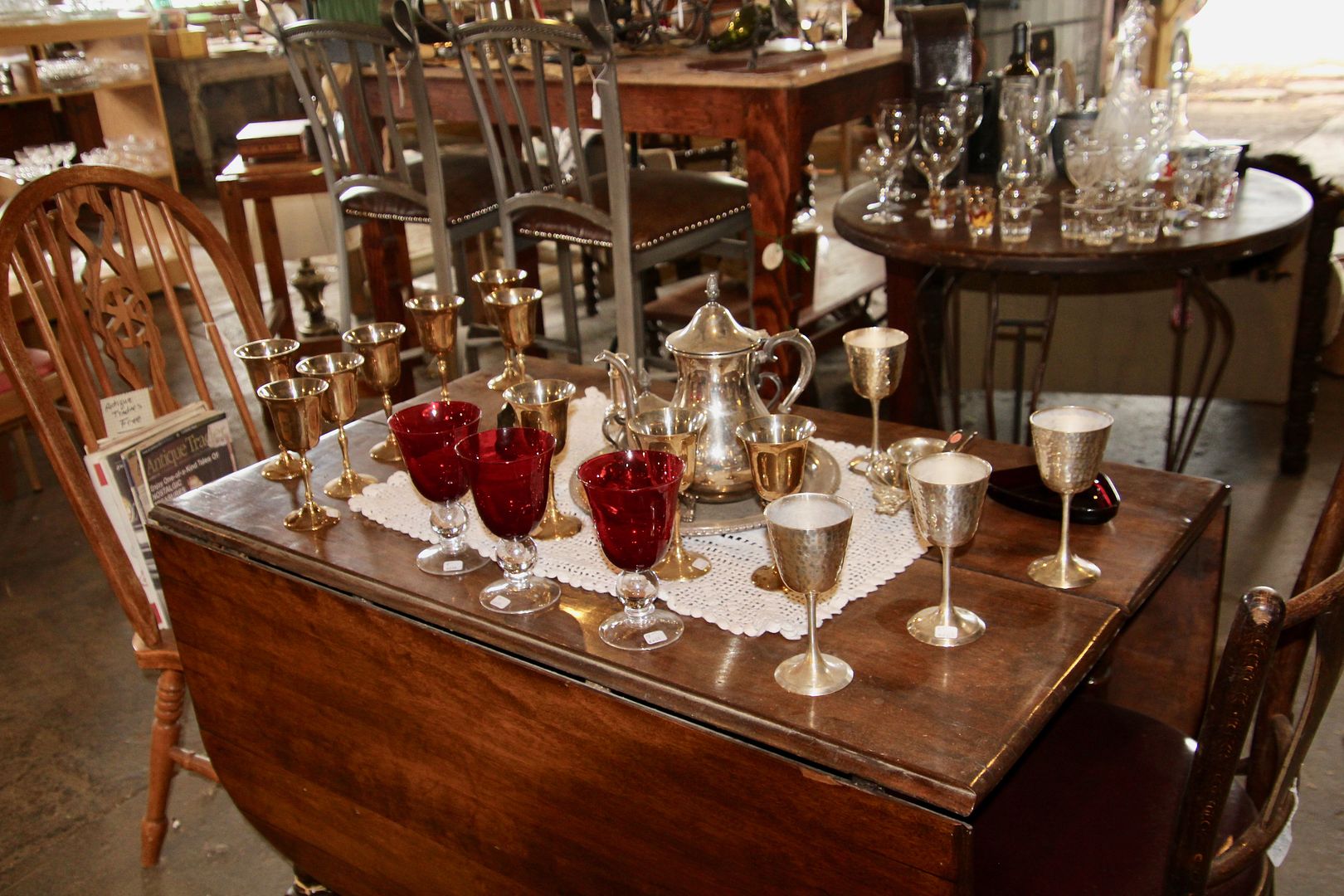
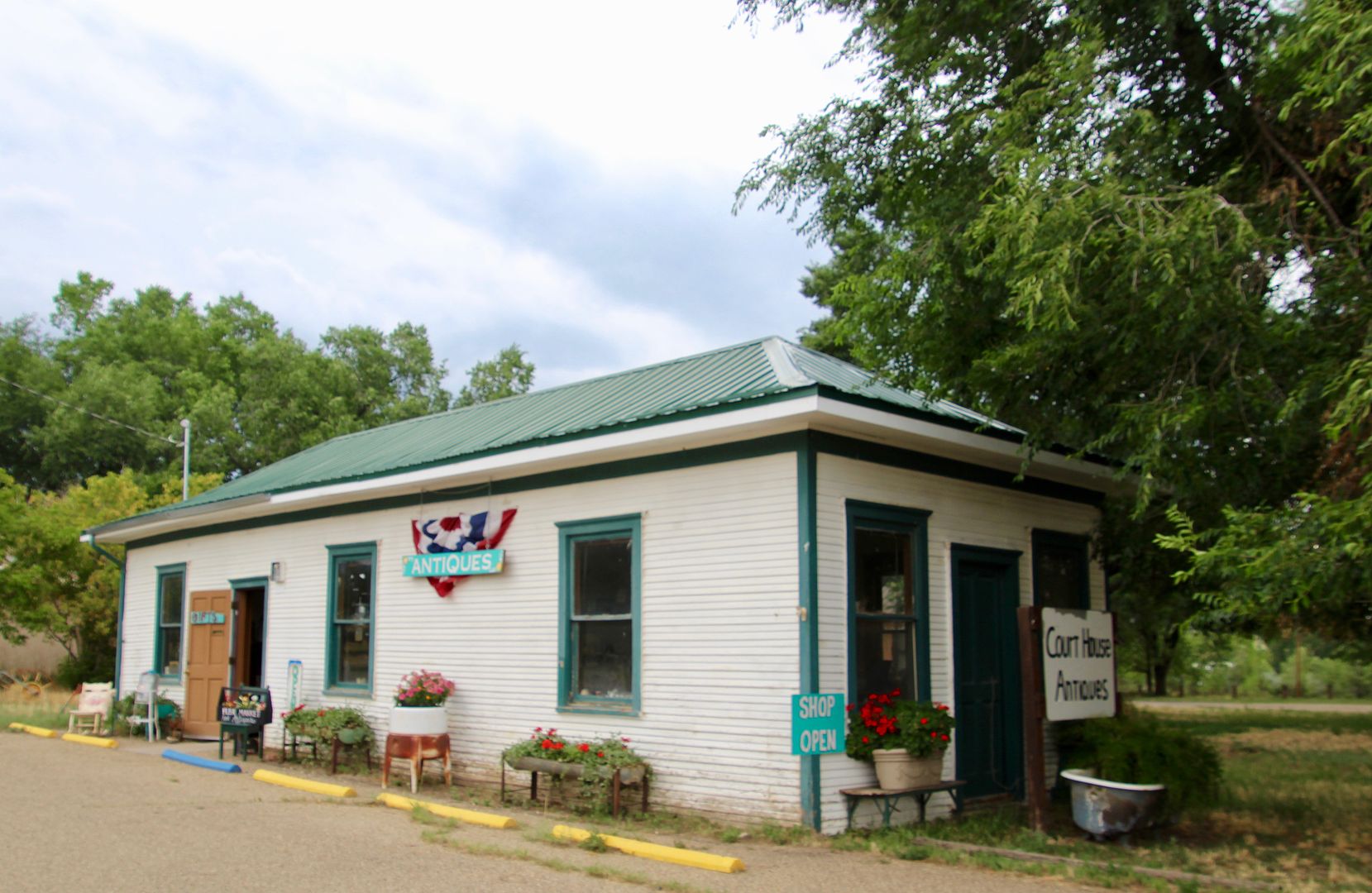
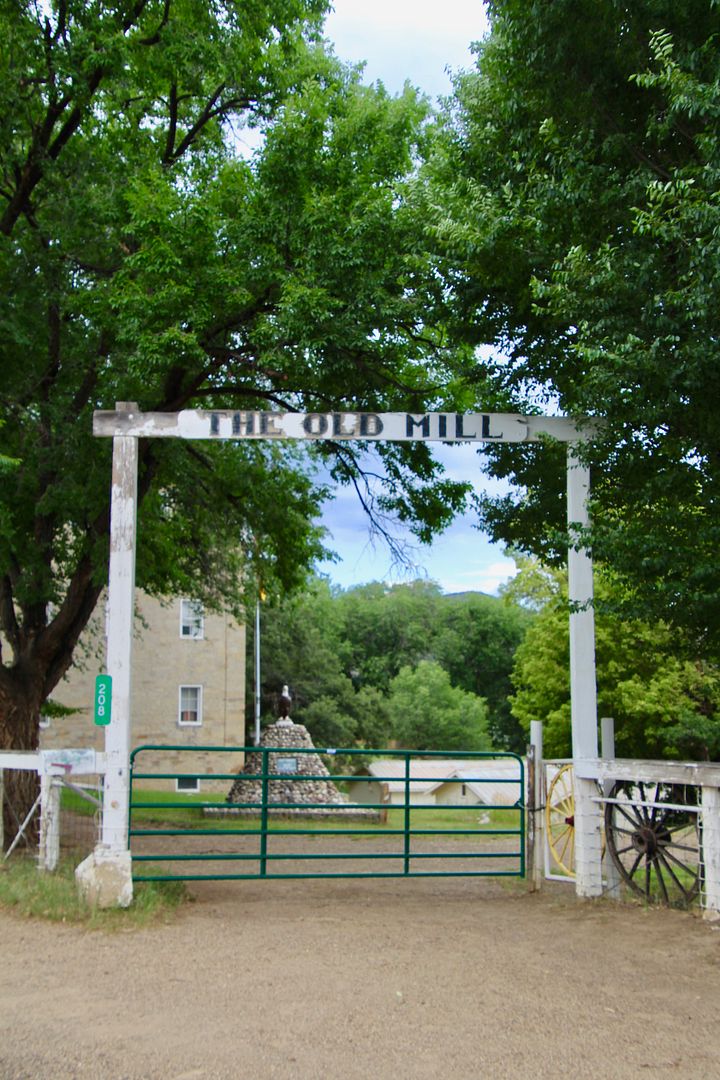
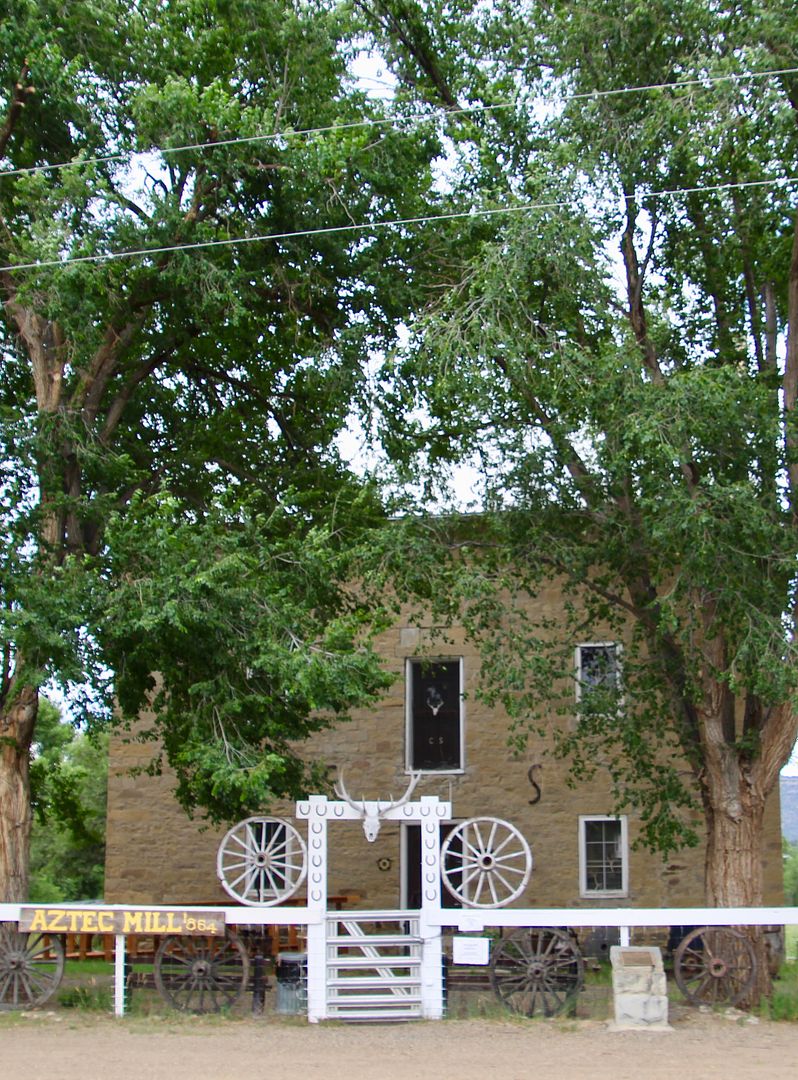
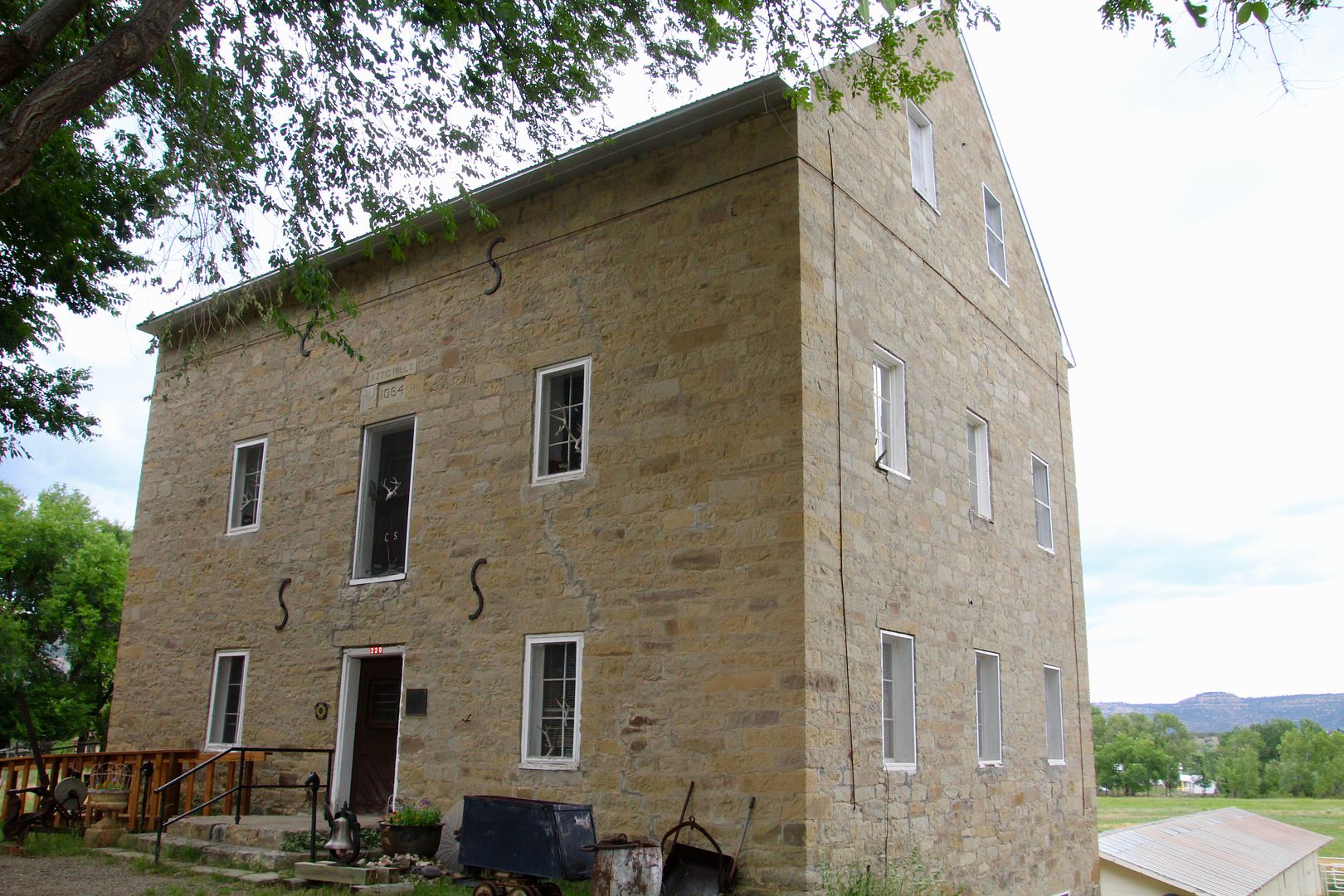
No comments:
Post a Comment